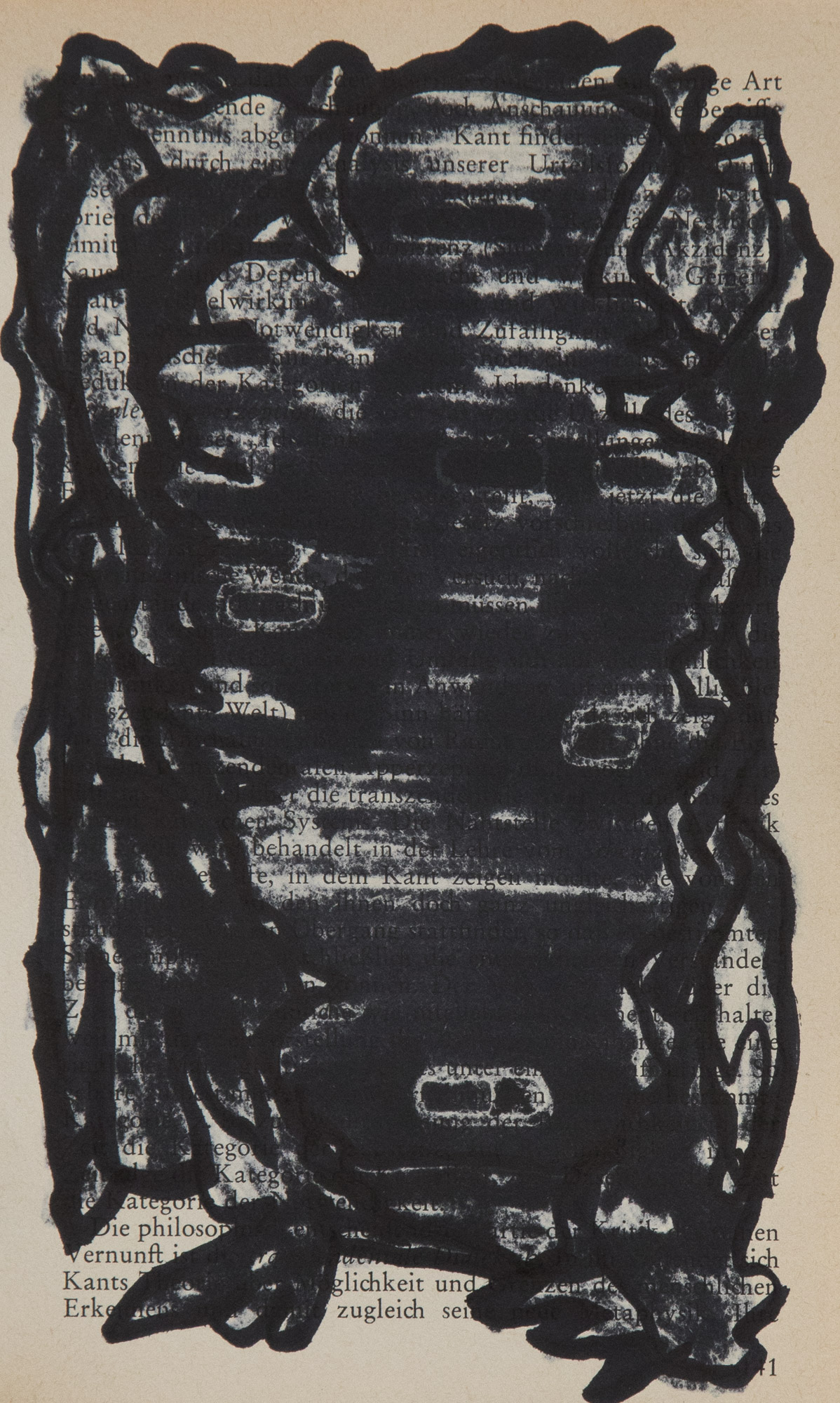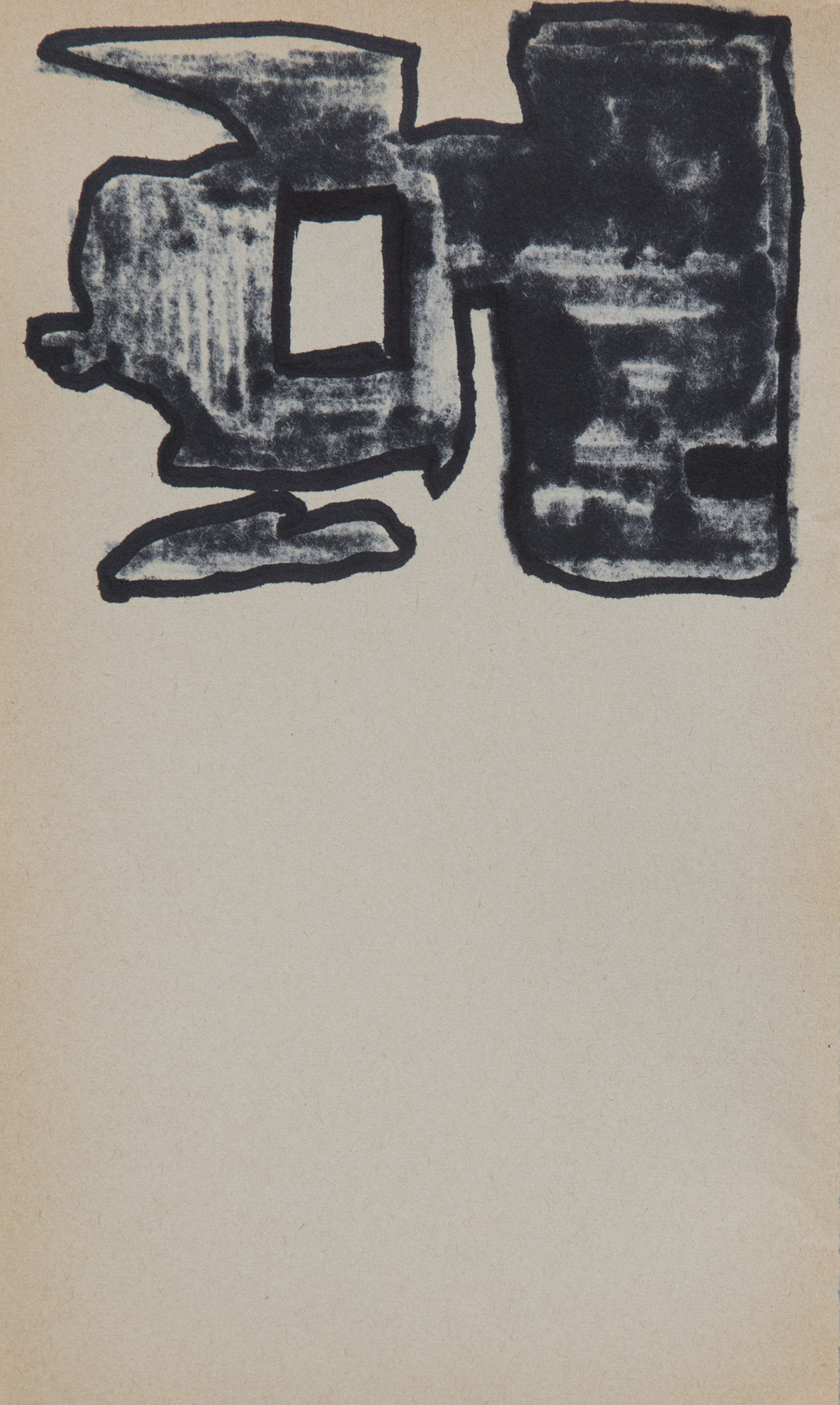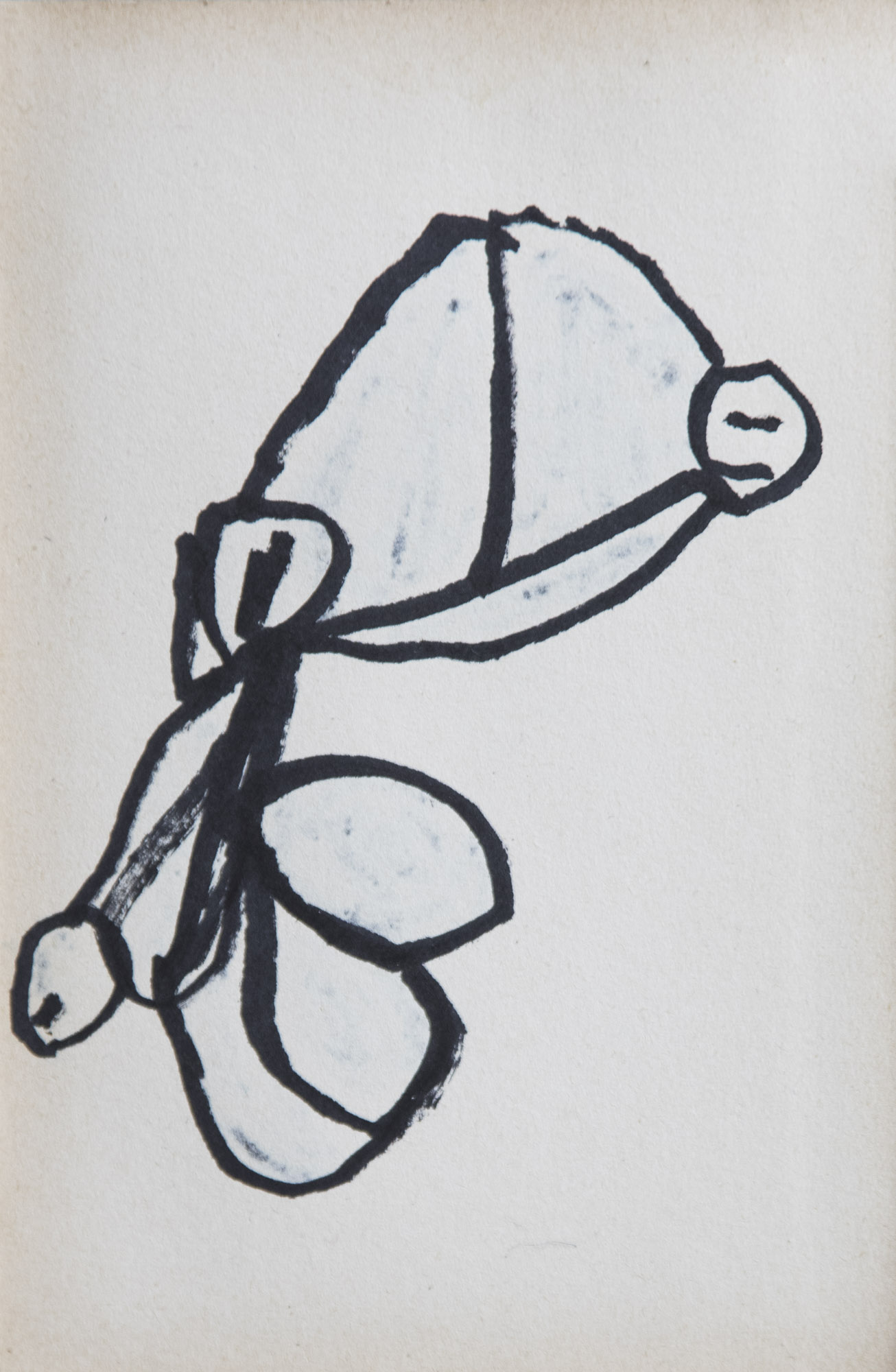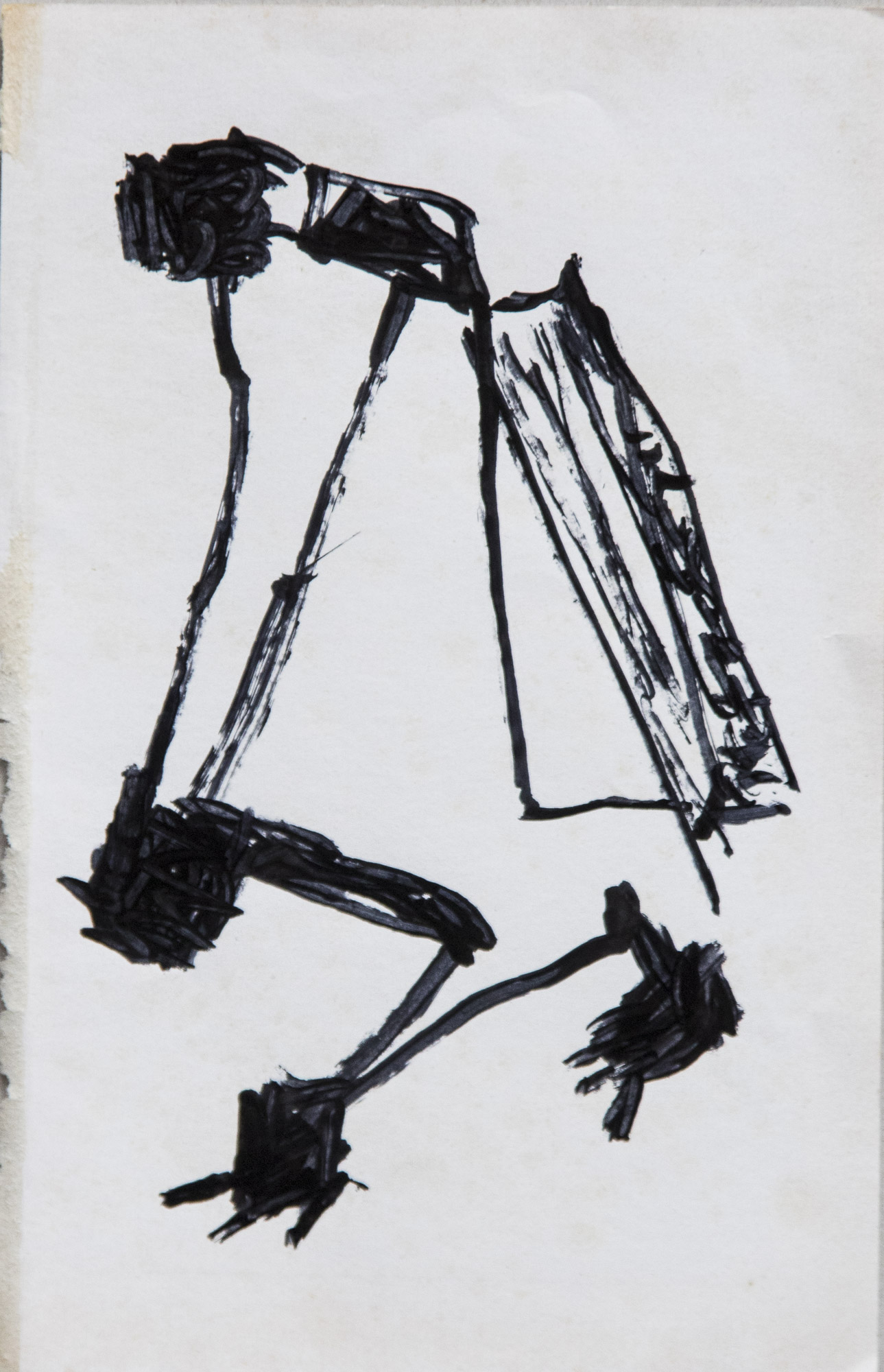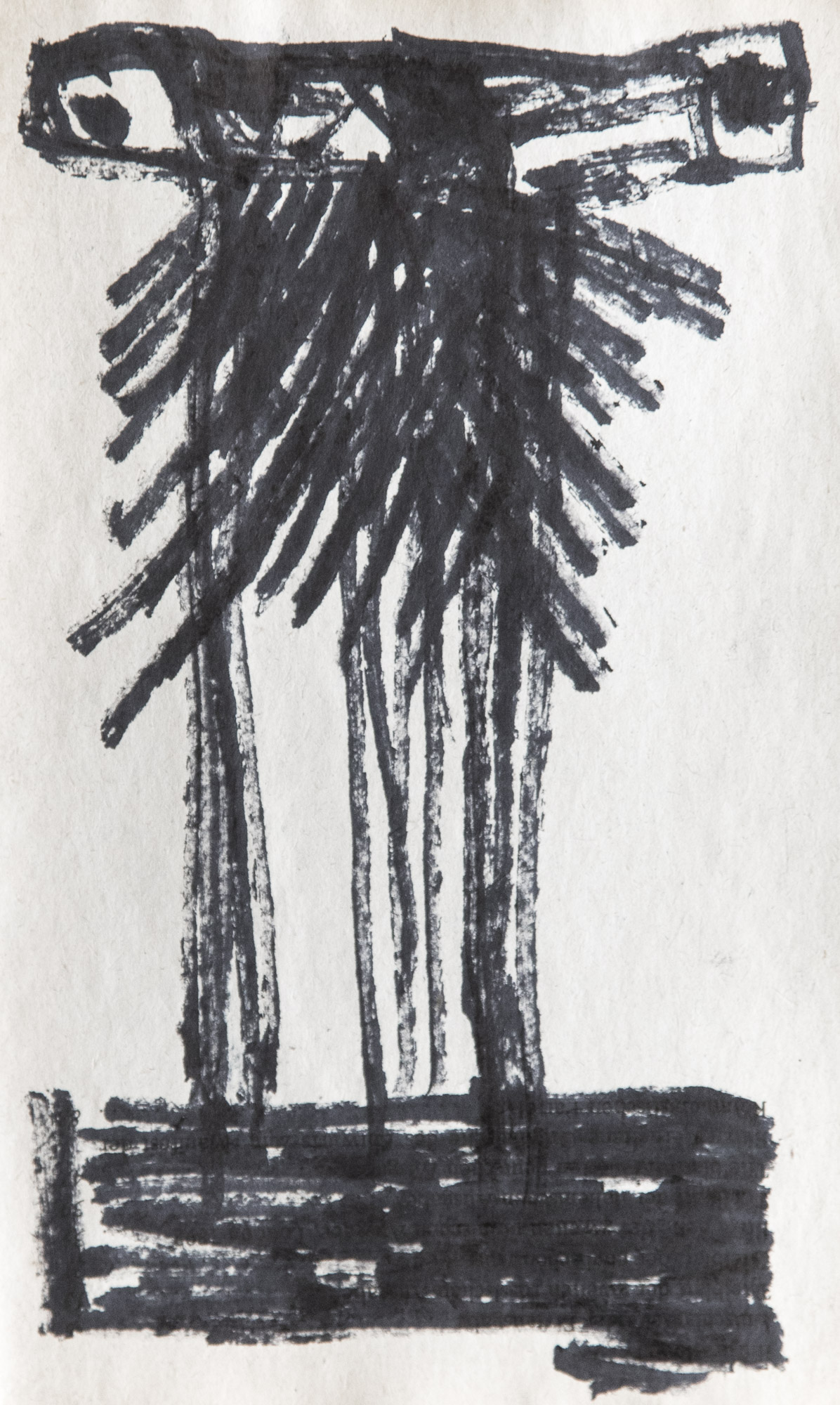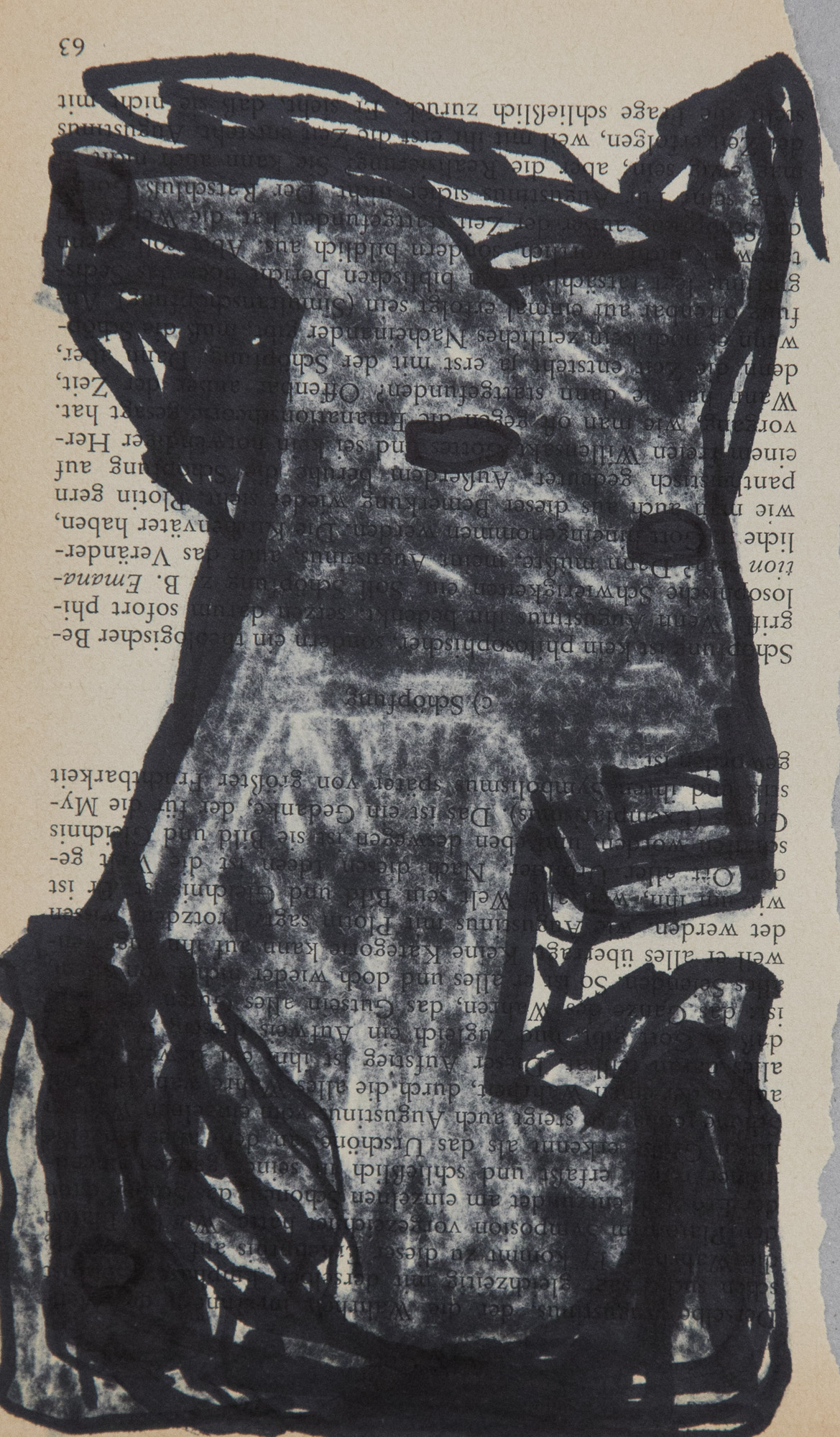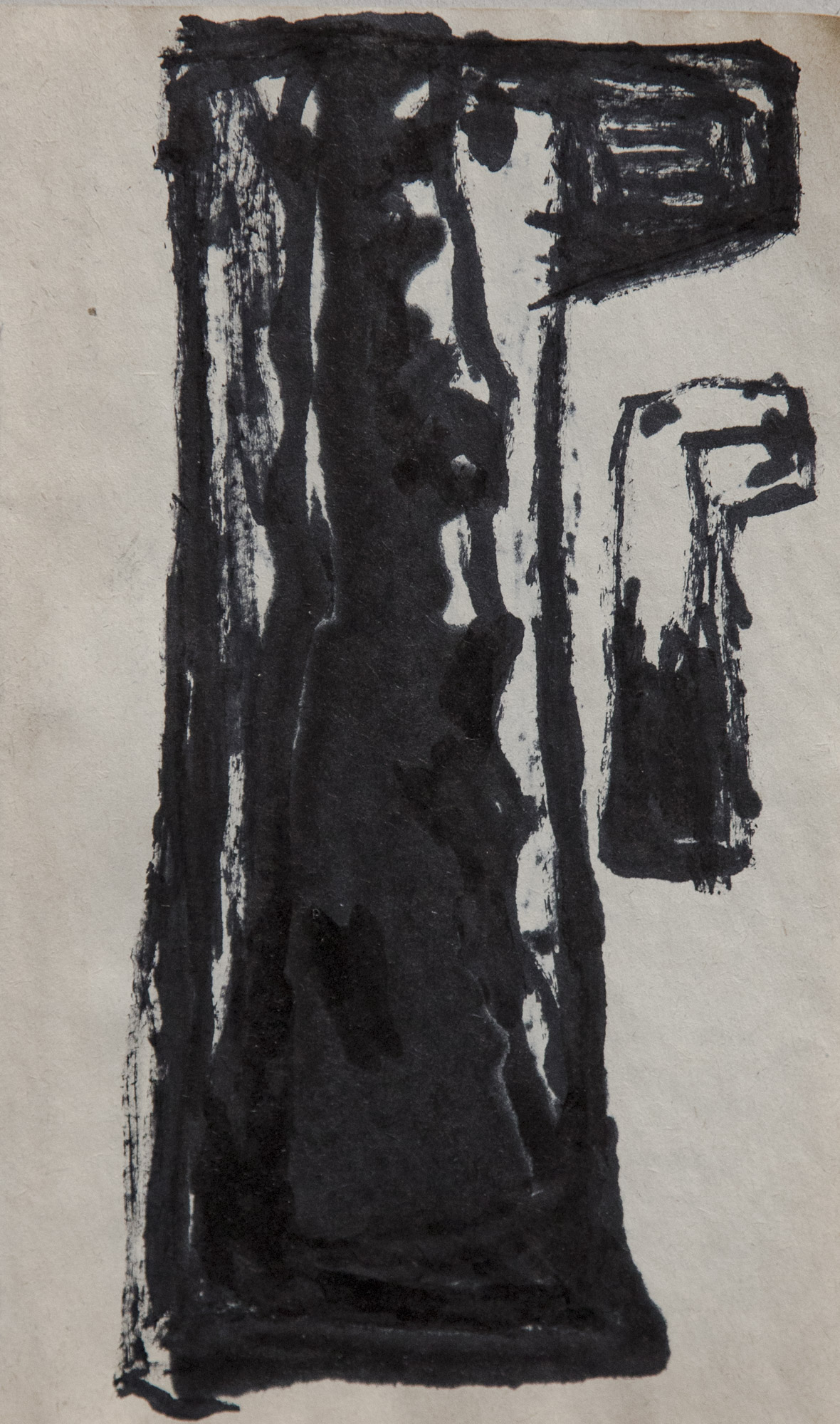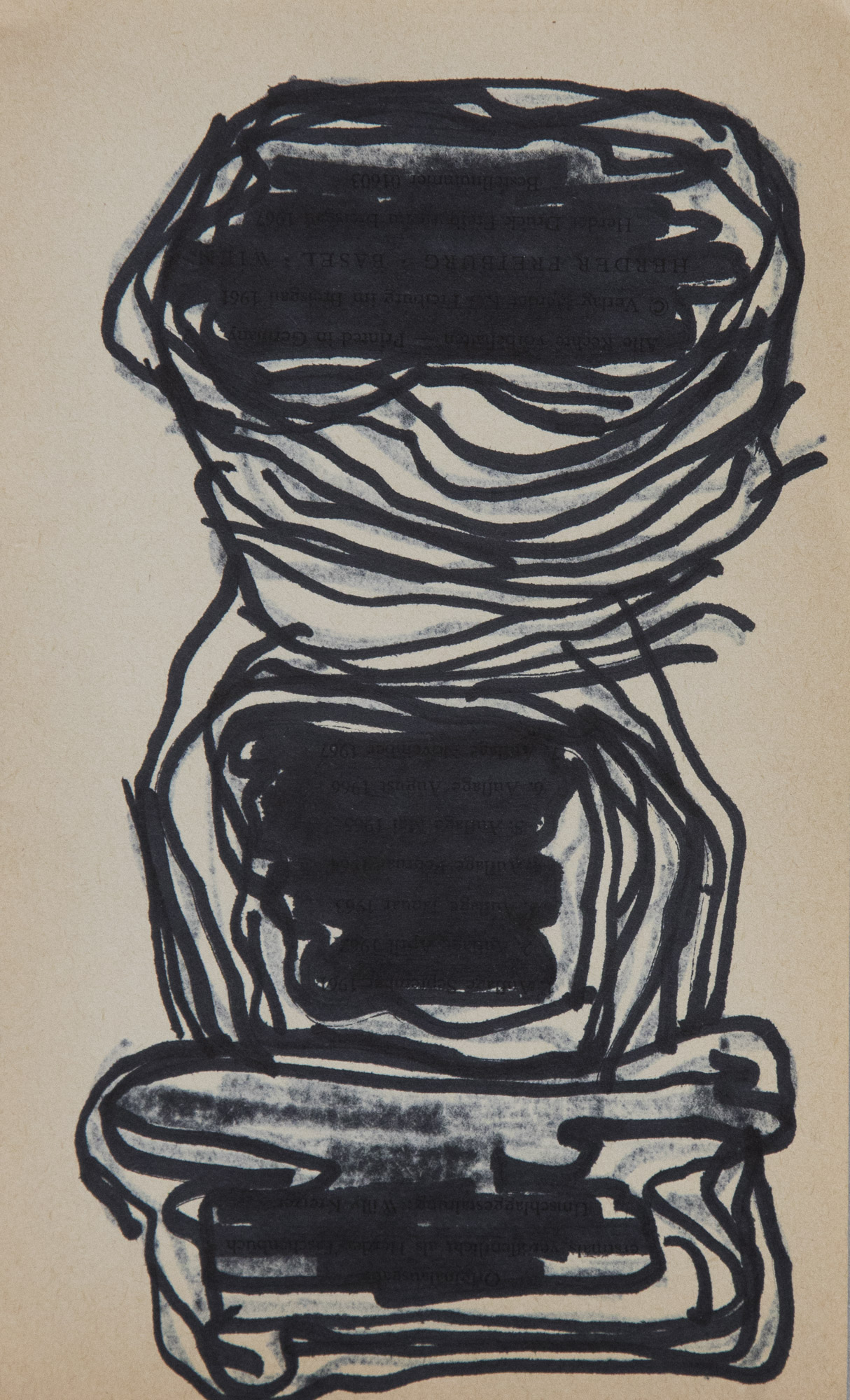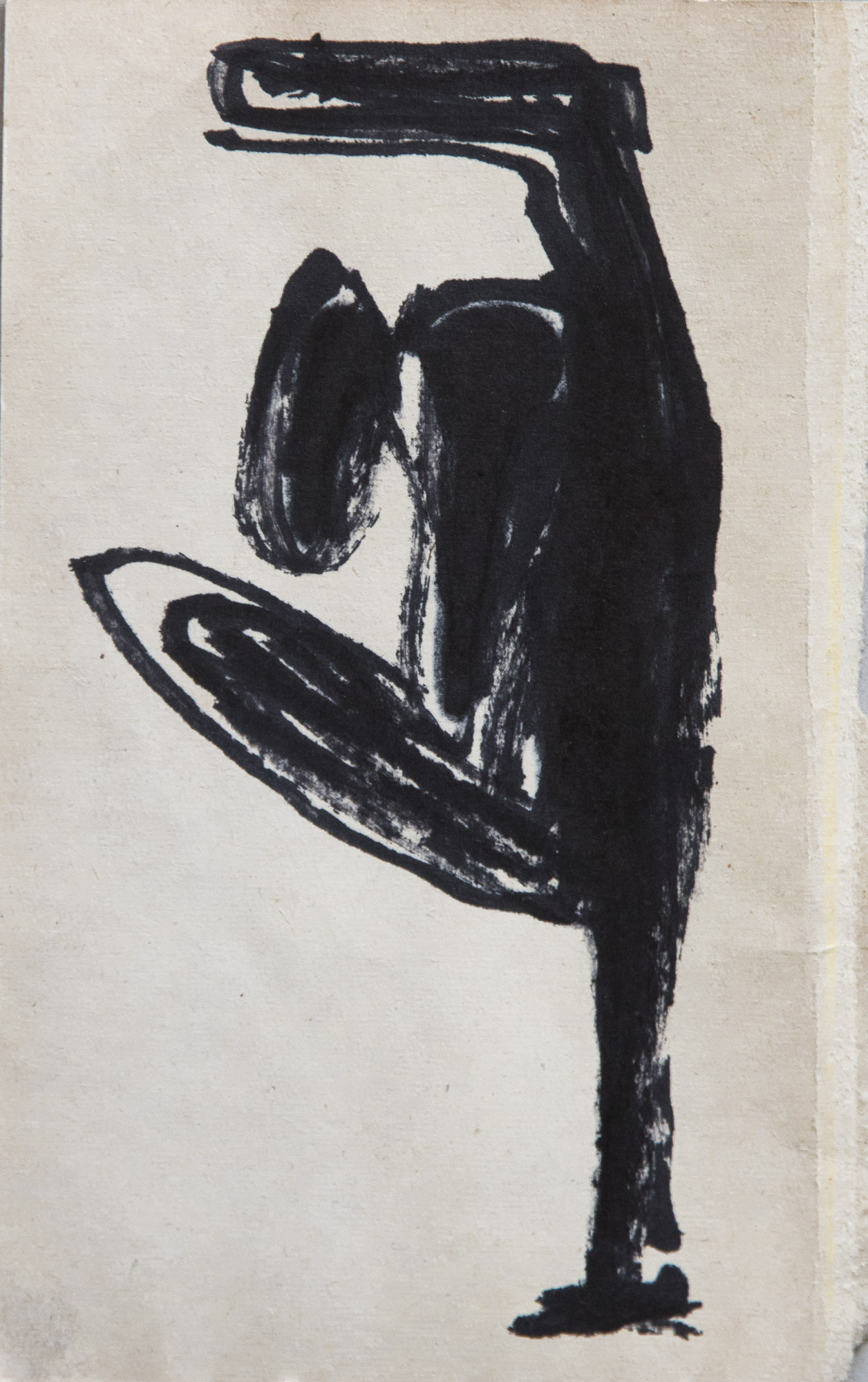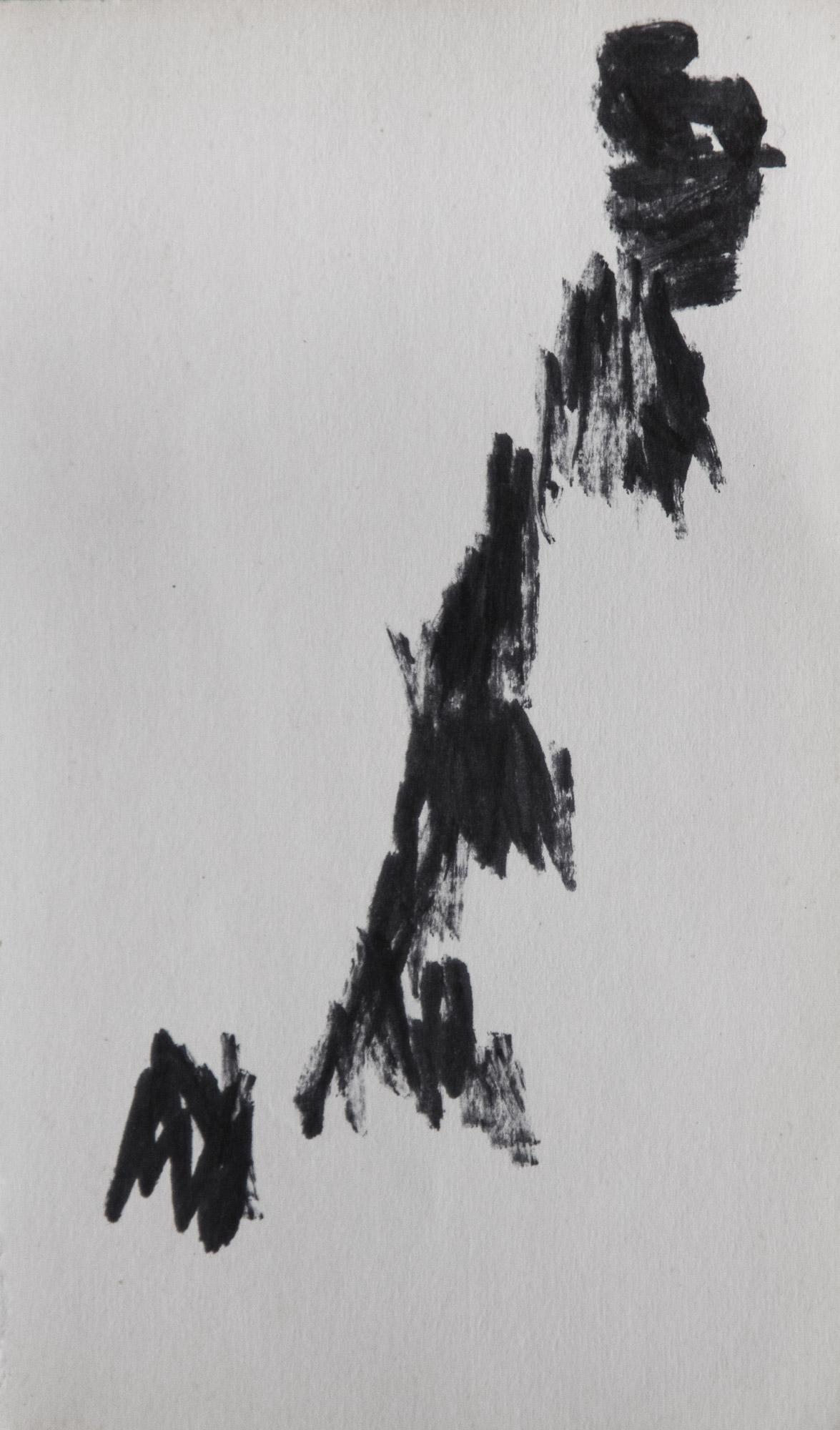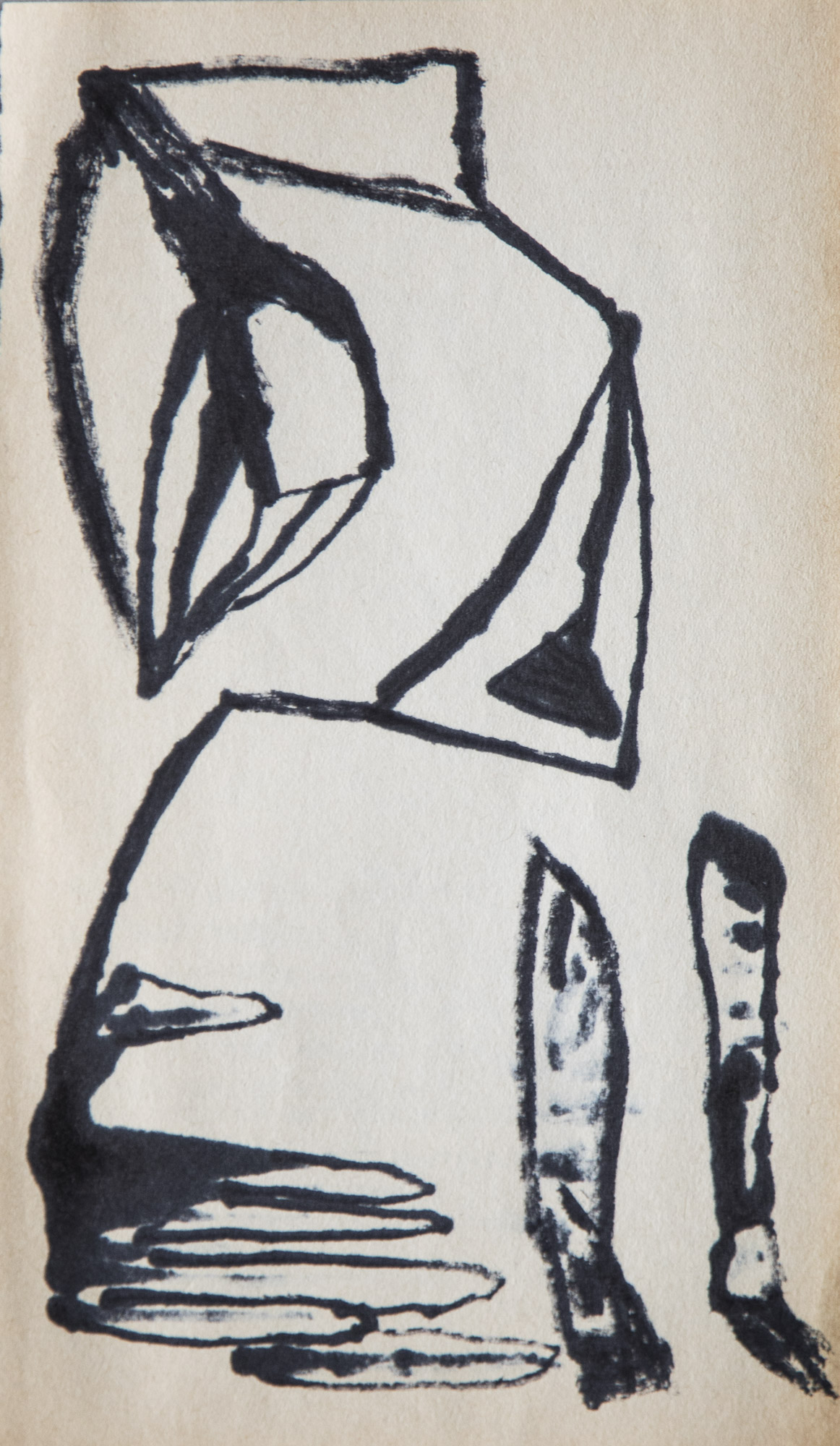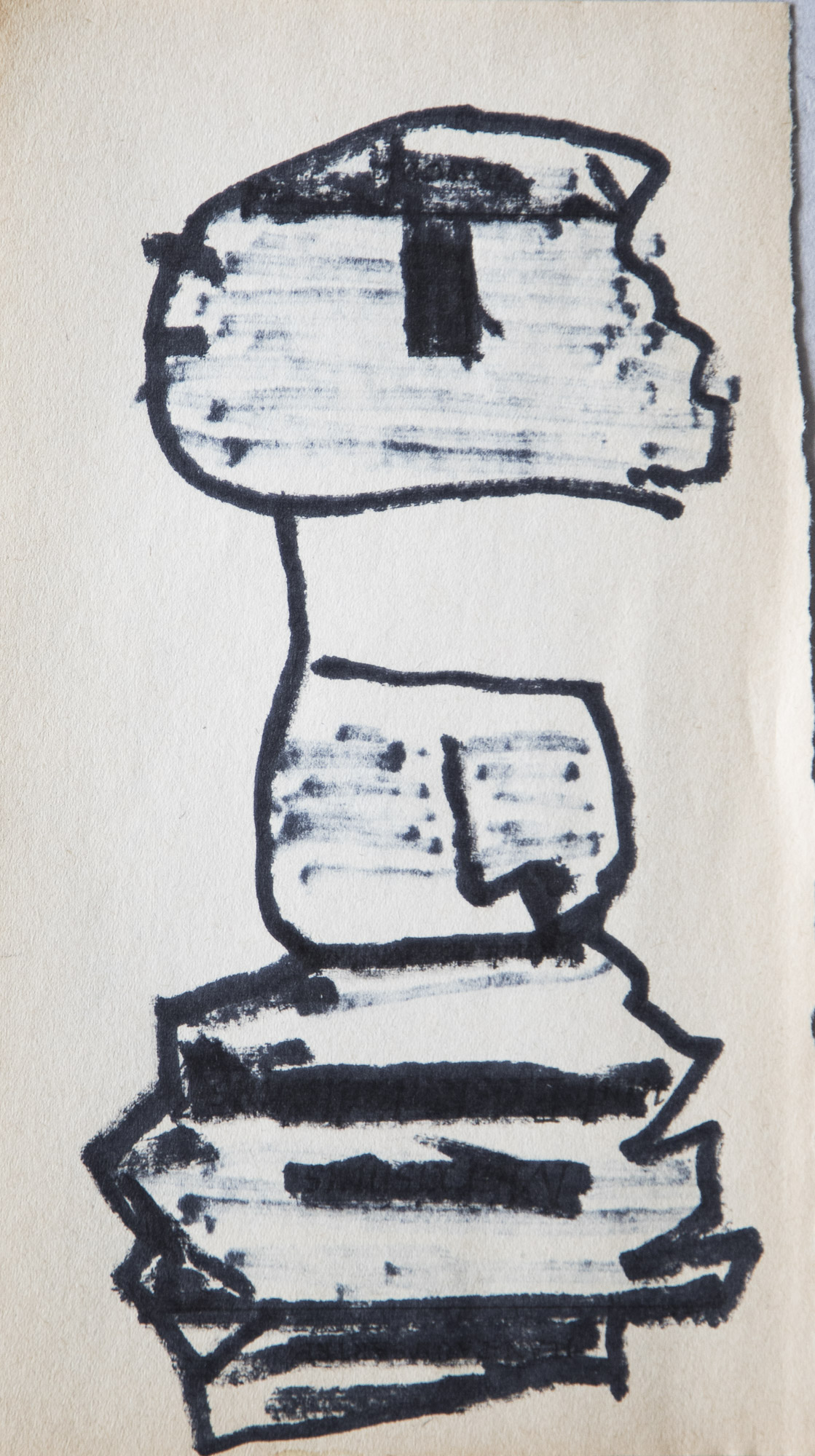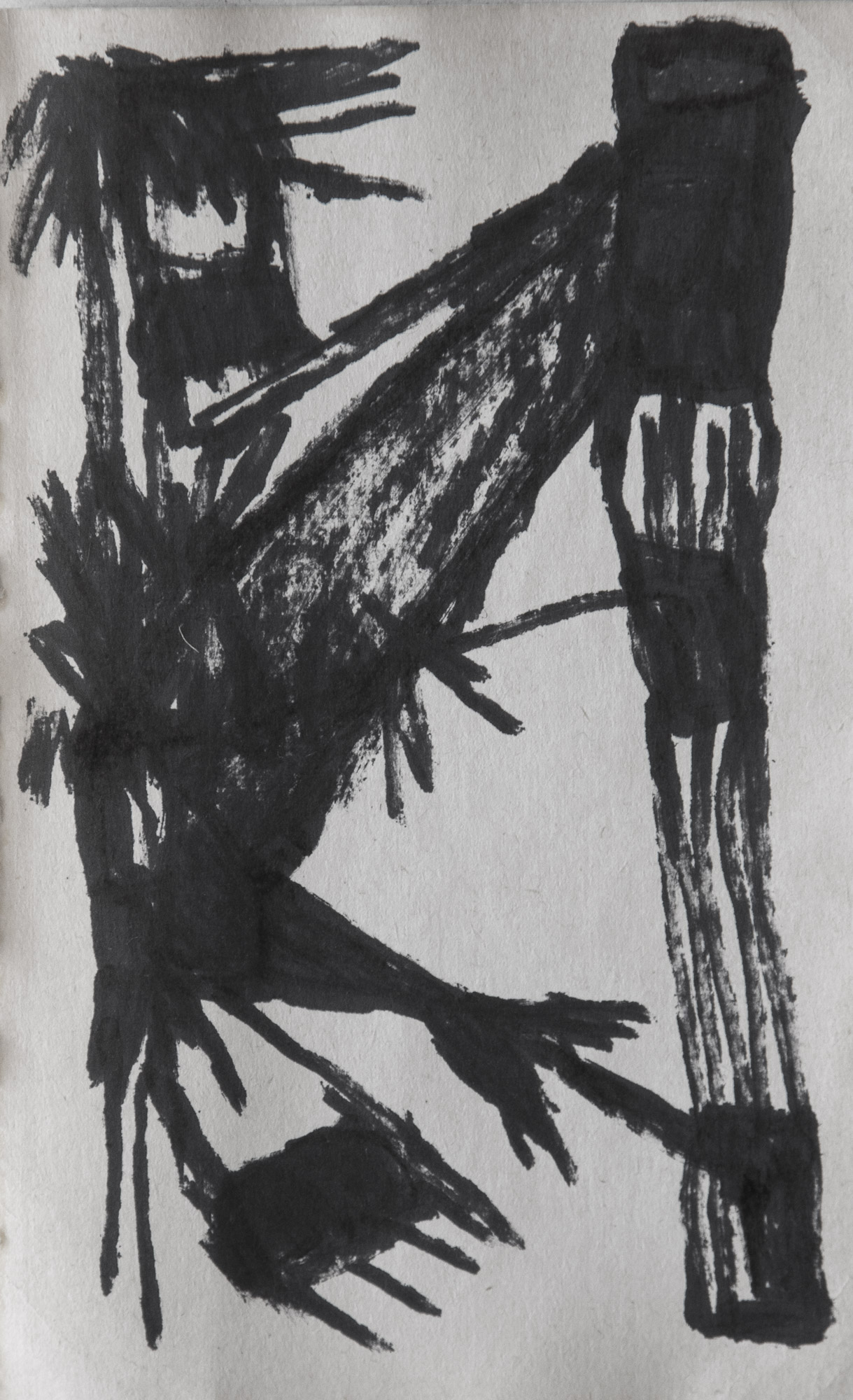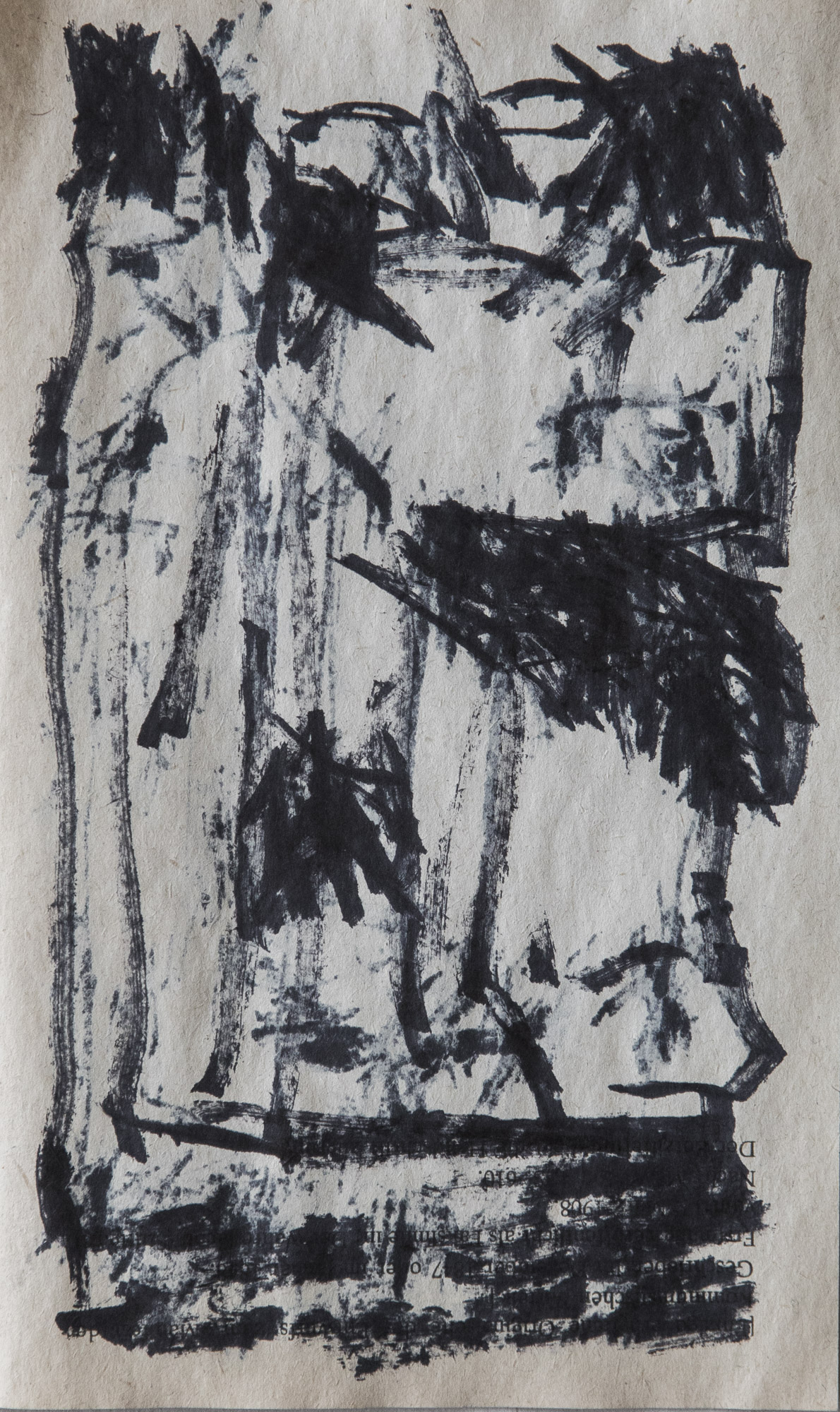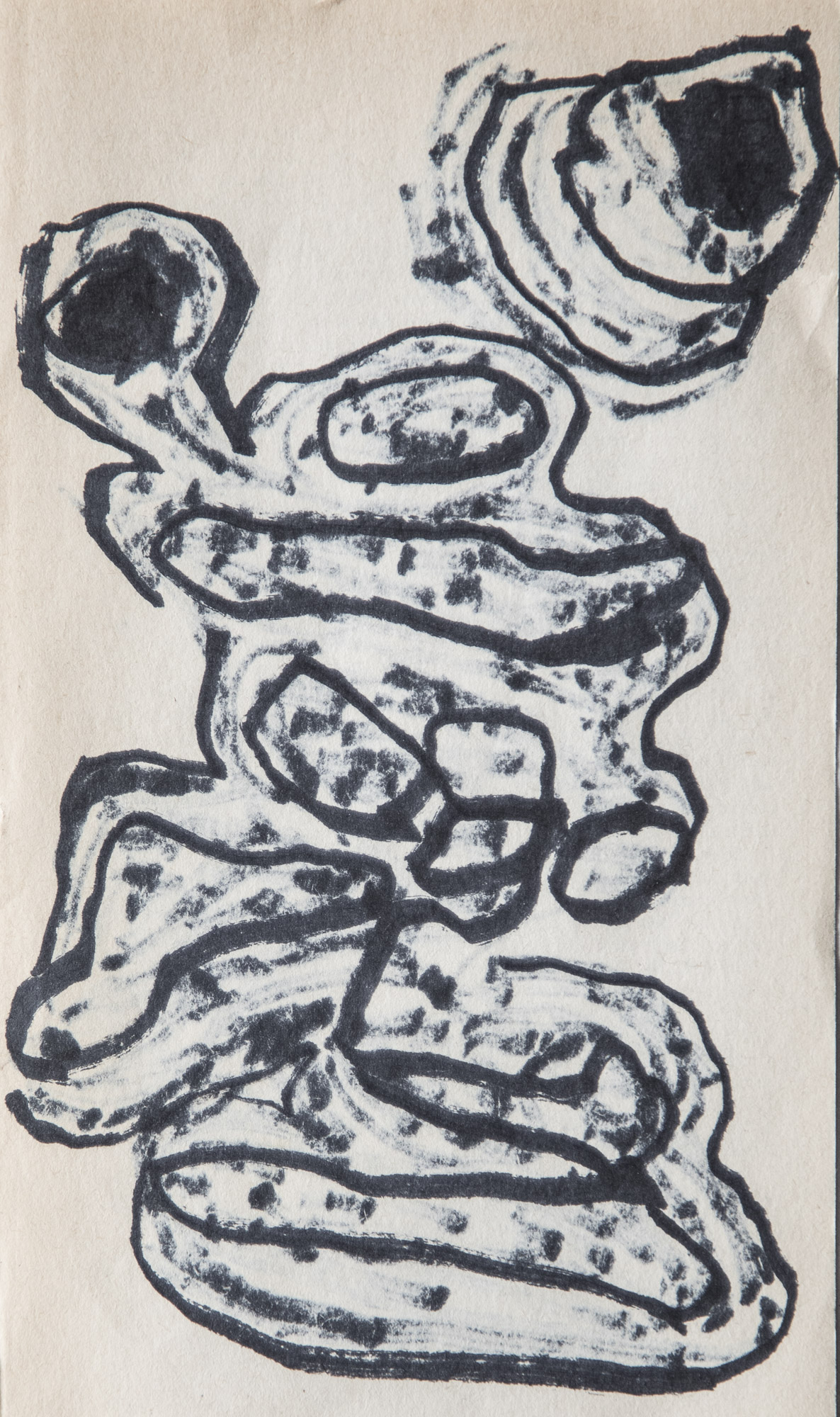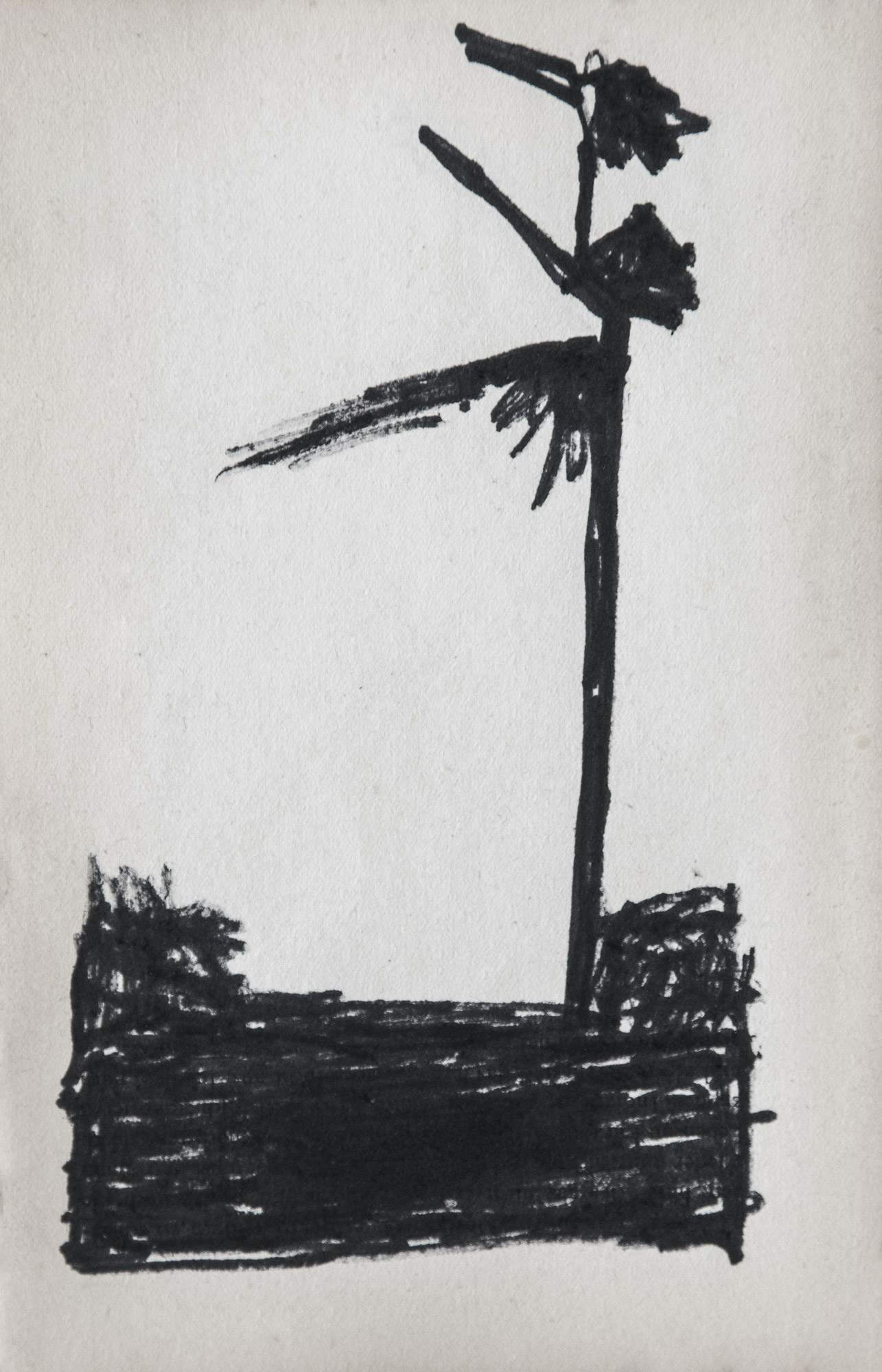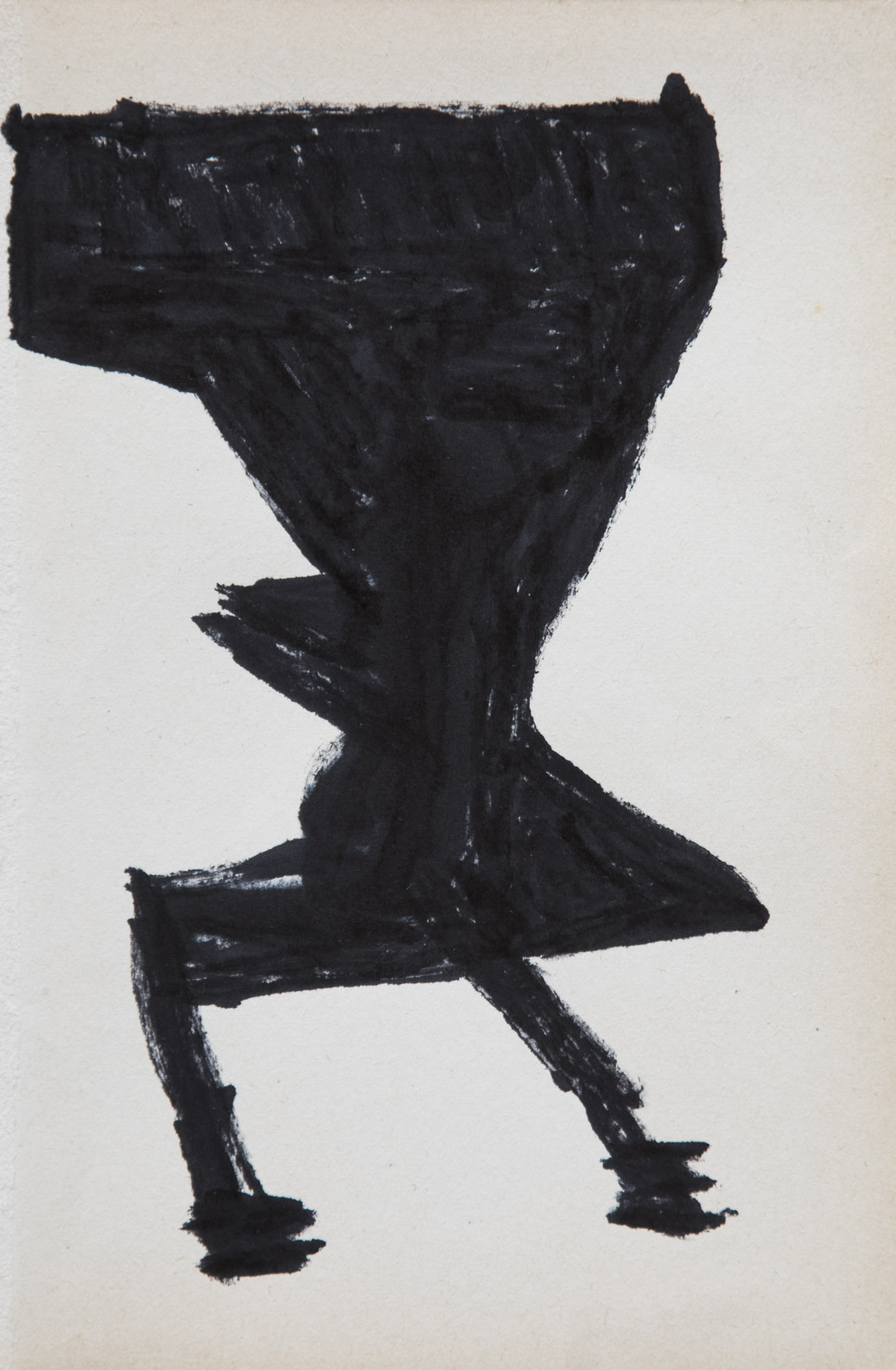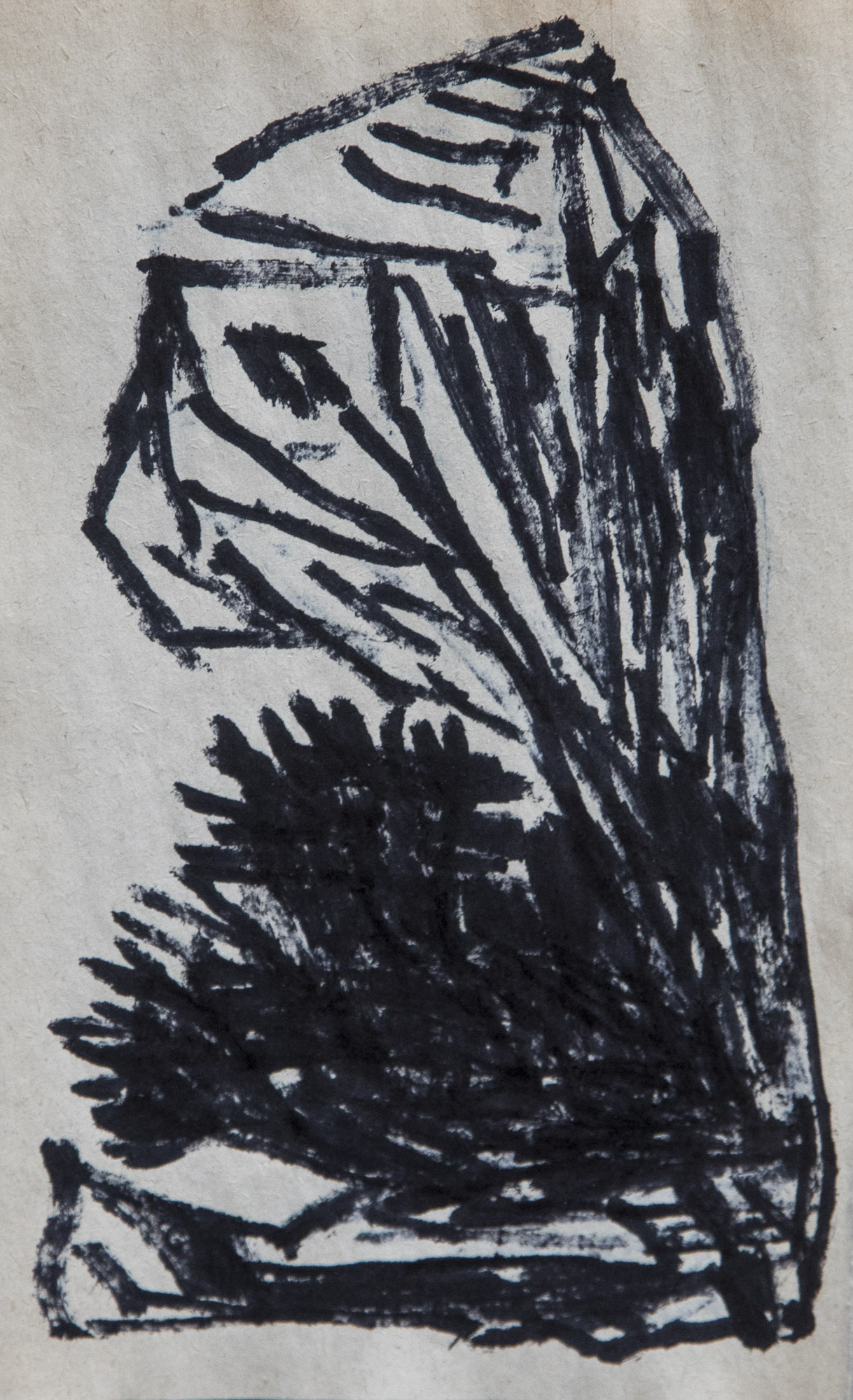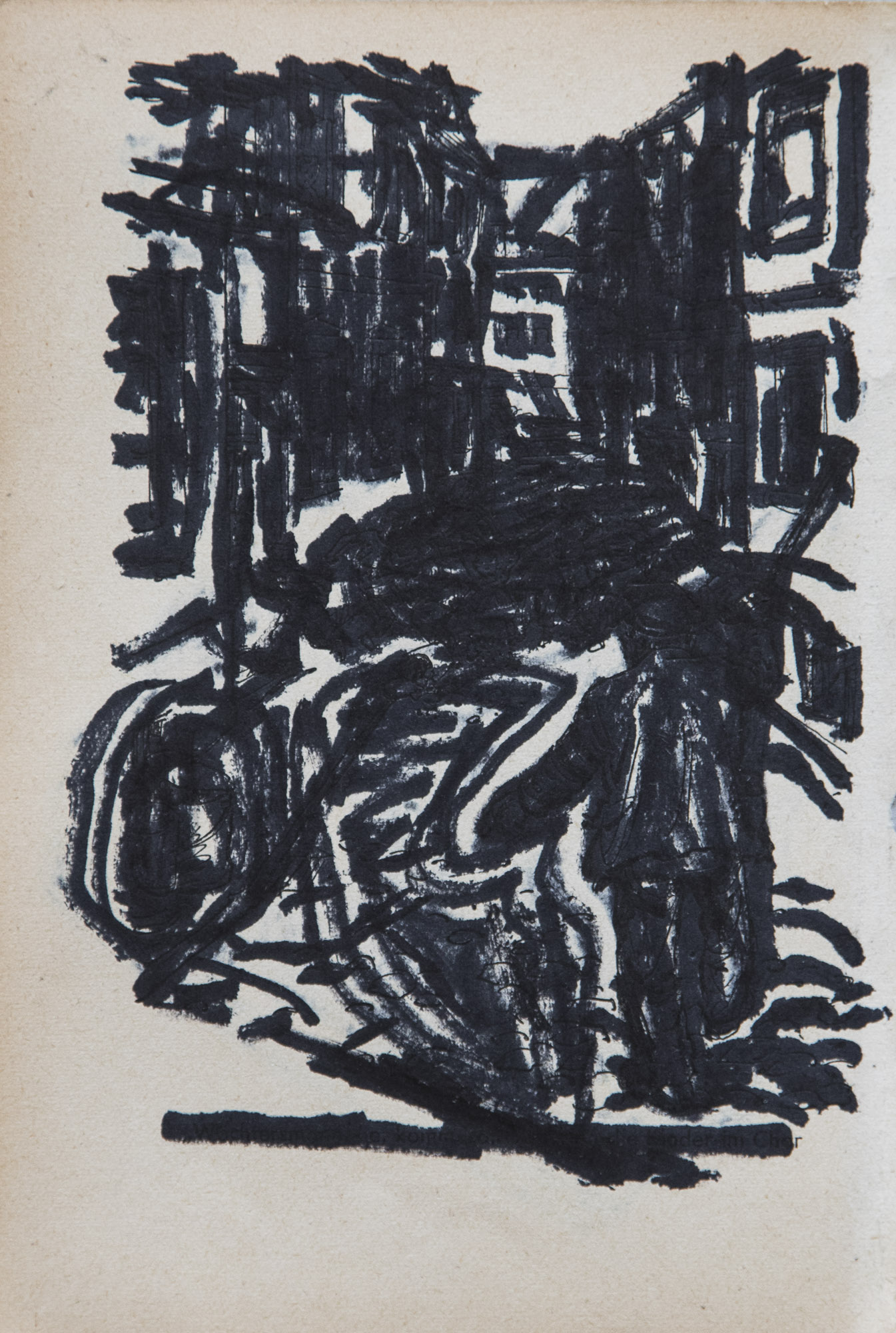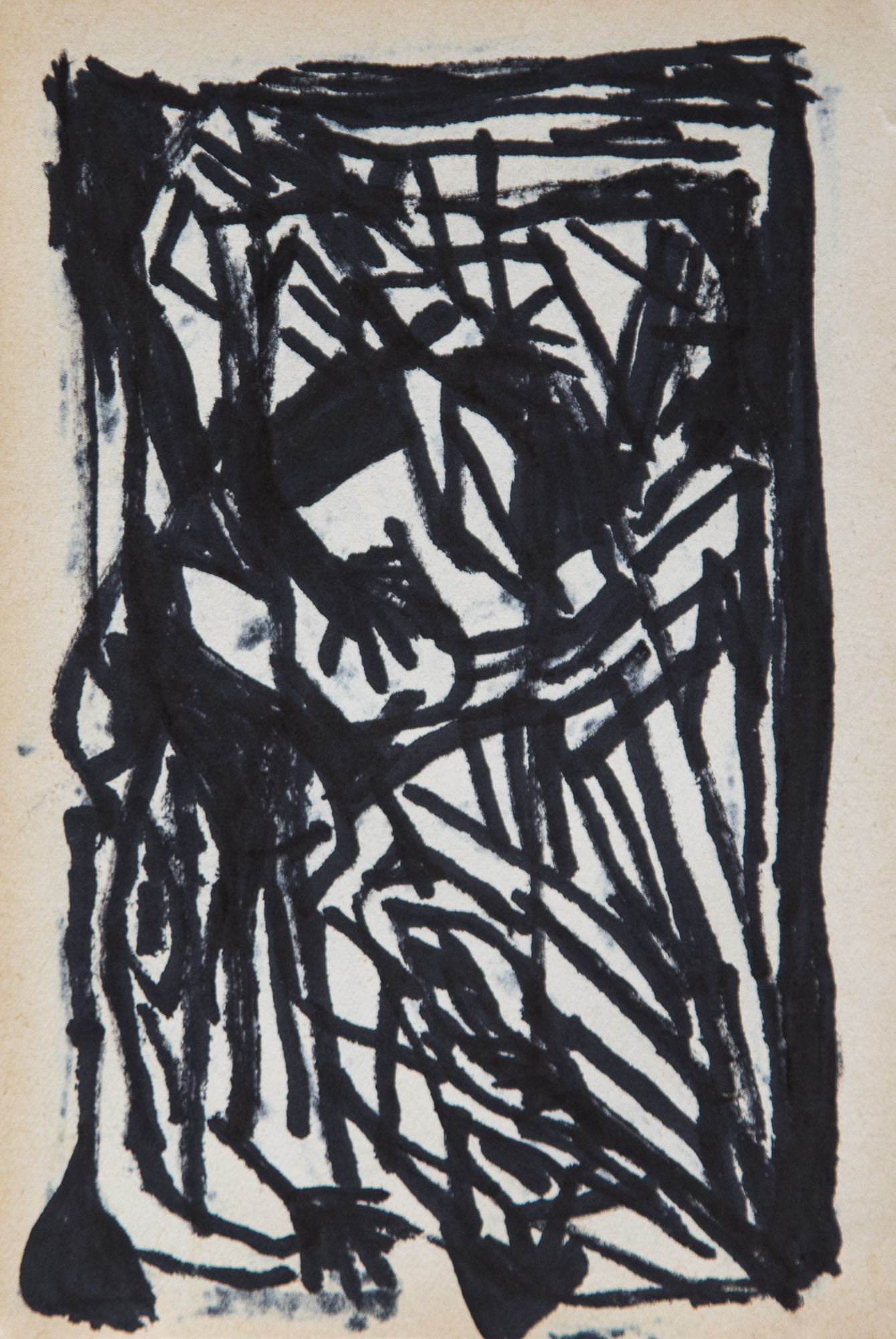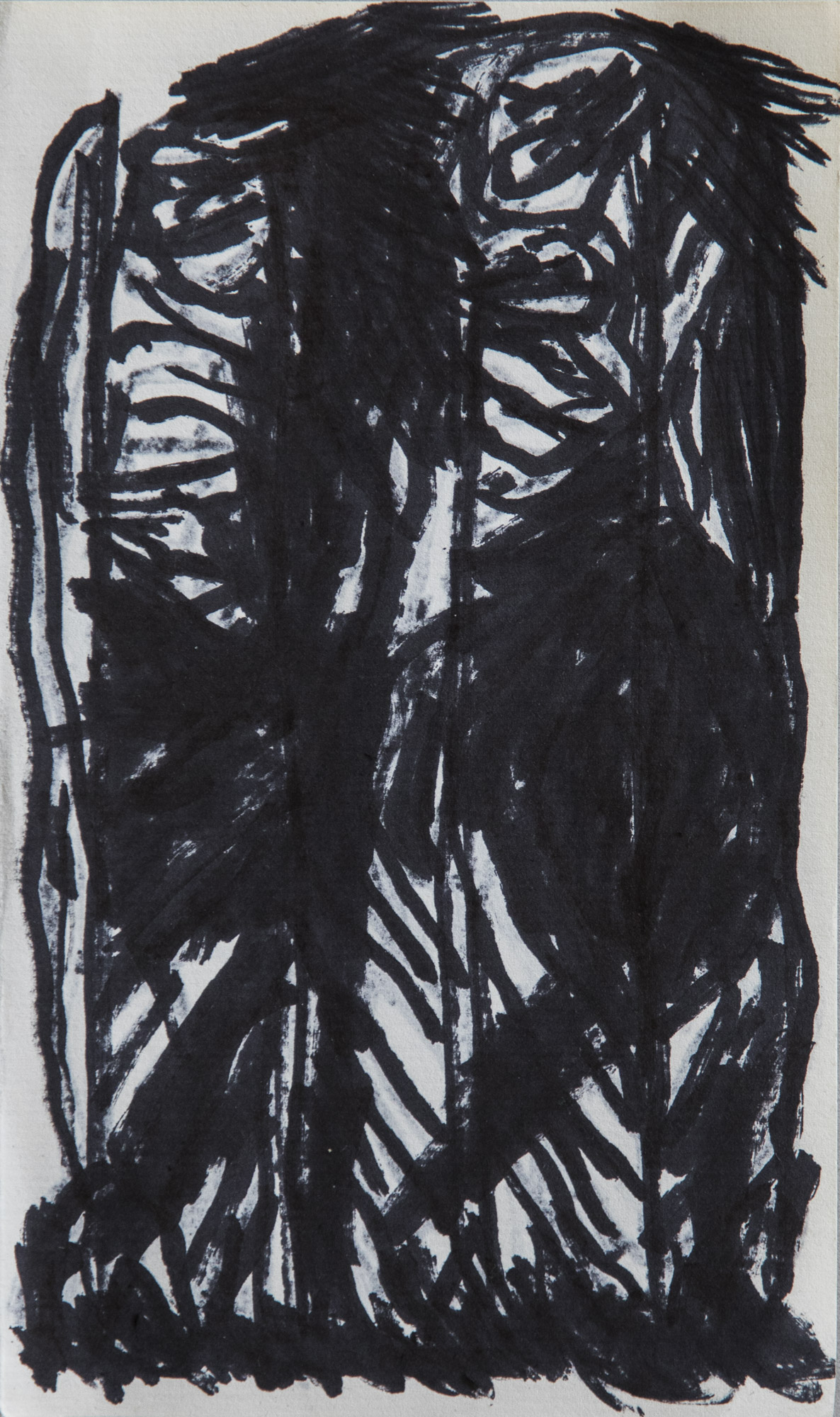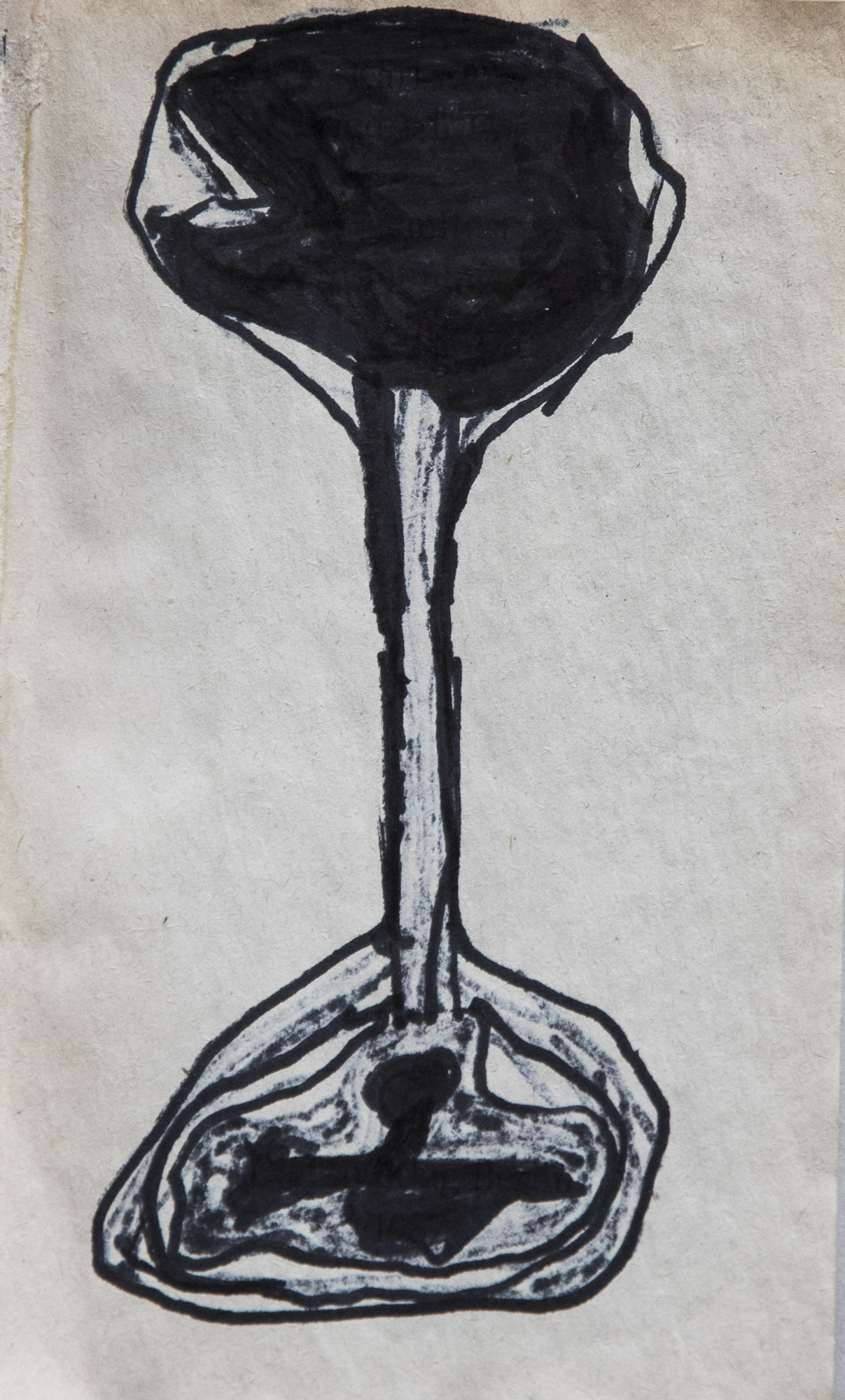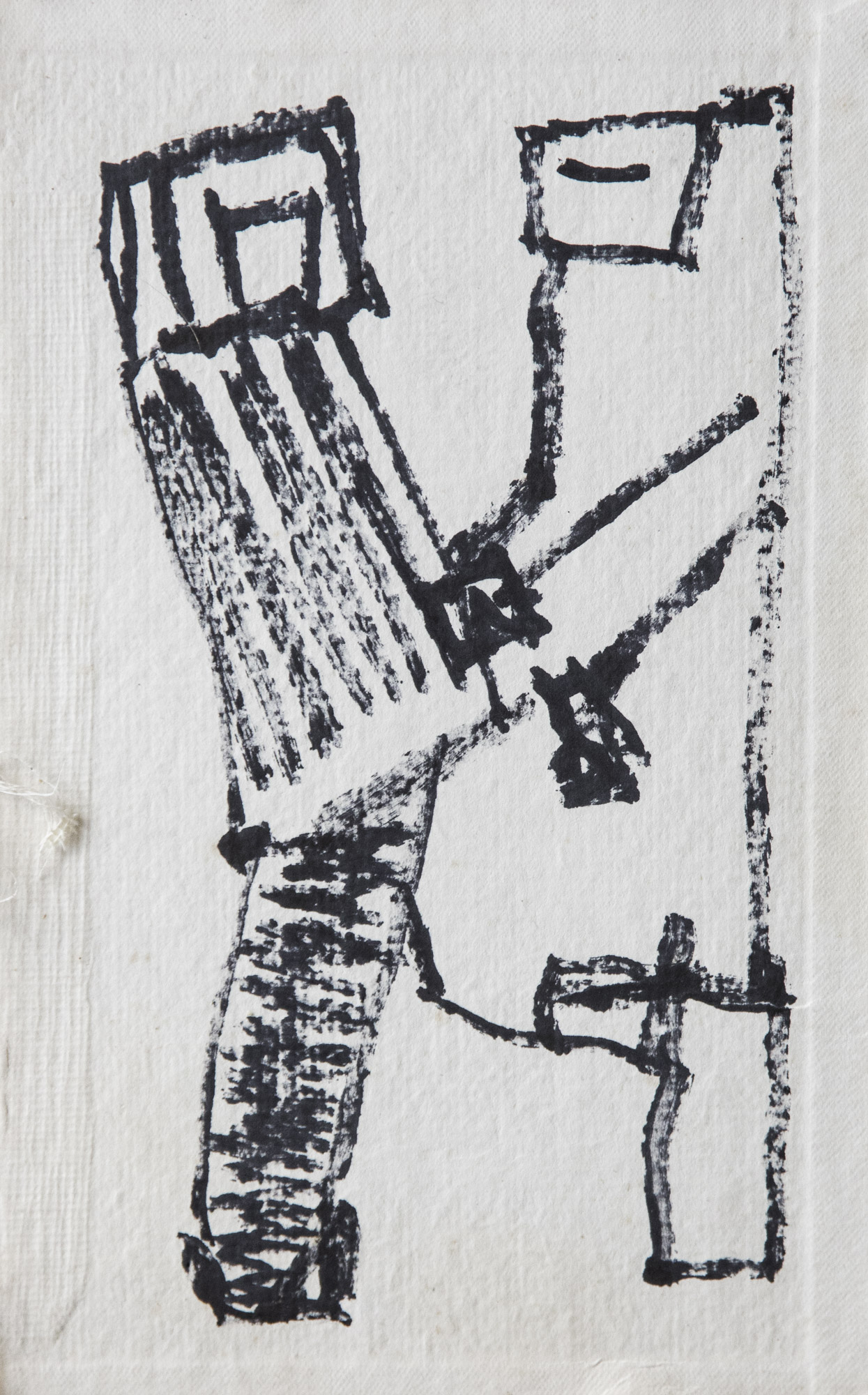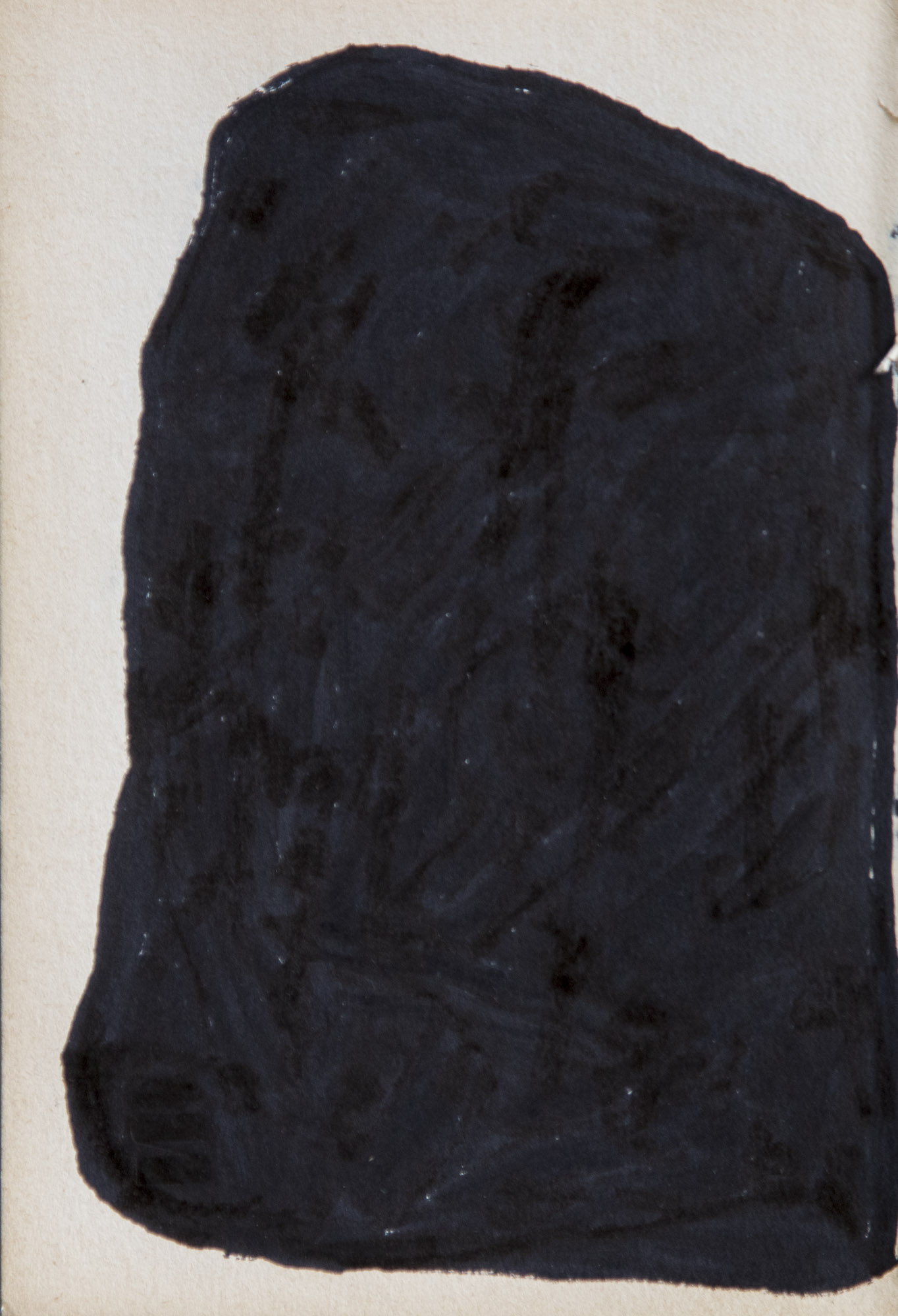Category: Uncategorized
ID
ID
A relentless stream of digital images is produced by social media. Images that stream into our consciousness for fractions of seconds and are blotted out by the next image in constant supersession. In their mass character these images become the unsubstantial framework of a gigantic total performance. Negotiated topics and styles consume themselves at unprecedented speed. In a permanent hiccup, algorithms are operated and everything digitalized that can be brought into the Social Media world of experience. From trivial to high culture, all float in the bubble of this image storm. Lacking ground beneath our feet we shift our identity into these virtual spaces. Internet Dots become our matrix. They give birth to our second I. Nude calibrated to 72 dots per inch the Being of this logic shimmers in all its forms and puffs and puffs itself up into the substanceless fascinosum.
The authorship of these visual products is marginalized solely through use as a titbit for attention. This also applies to the image producers, who constantly straining for threshold of originality and authorship, have their performance calculated on this stage. Be original, be original, be original. Until exhausted the image and the author no longer perceive, in this echo chamber, the negotiated and fading I. Hanging on the drop of attention, worn down by the originality imperative, in this pauseless theatre with no final act, the exhibited and used loses its signature and degenerates into obsessive flaunting in itself. In the age of this type of birthing of images, for the purpose of feeding into social media, the question arises, what have images after assimilation by “social media” become? Are the authors behind the images even still relevant? Or do they degenerate into mere birthing machines, delivering with their images exclusively the digital fuel of a self-maintaining machine?
Odo Hans delves into analysis here. Anonymous excerpts of low-definition Instagram images become point of view in his work “ID”. The original motifs, mainly themselves representative surfaces of art, queried as to their identity content in context as “social media product”. Turned out in 72 DPI and then upscaled as excerpt to large-format 300 DPI, his “fragments” receive characteristics entirely of their own. Colour density, sharpness and tonality differ from the starting material. Inessential things come into focus and become the central image content. Despite appropriation, in this double strategy of negation (trivial extract/low basic resolution) an independence vis-a-vis the starting motifs remains intact. These latter degenerate into an “open source-like” basic substance and function now merely as pickable data. Odo Hans’s blow-ups condense this data into a blurred whole, the original identity is dissolved.
Here the work becomes aligned with the initially formulated tendencies of dissolution and obliteration of identity and authorship of images in the “social media” maelstrom.Accordingly, Odo Hans’s work ID functions as “fine-grained” image and media critique and simultaneously poses the question: Is that allowed?
Reclaim Award 2020
Reclaim
Reclaim organizes public space. In the form of an award, 40 artists are exhibited on billboards in Cologne for 10 days annually. Entirely in line with the motto: Art in, advertising out! The 2020 award was announced to the public via an art campaign. The 5 Reclaim colours occupied part of the public advertising space 14 days before the actual exhibition began. Without further provision of information, presented in random hanging, the colour surfaces invited reflection upon the function and use of billboards.
Street artists use public advertising space to their advantage. They left trade marks and created canvases for their work. Due to the pandemic, the A1-Format posters hung for longer than expected. Typically, these posters would be promptly replaced with concert, lectures or other event announcements. The Reclaim posters prevailed for six months.
During this time, they were not only tampered with by individuals, but endured various weather conditions, such as wind, rain and snow. The natural wear, tear and fading of everyday exposure left artistic marks. Some of the posters were pasted directly to a wall, while others on multi-layered poster blocks.
With time, these colored surfaces transformed into abstract works of art, created with and for the public. Reclaim has since collected the posters and turned them into an independent art exhibition.

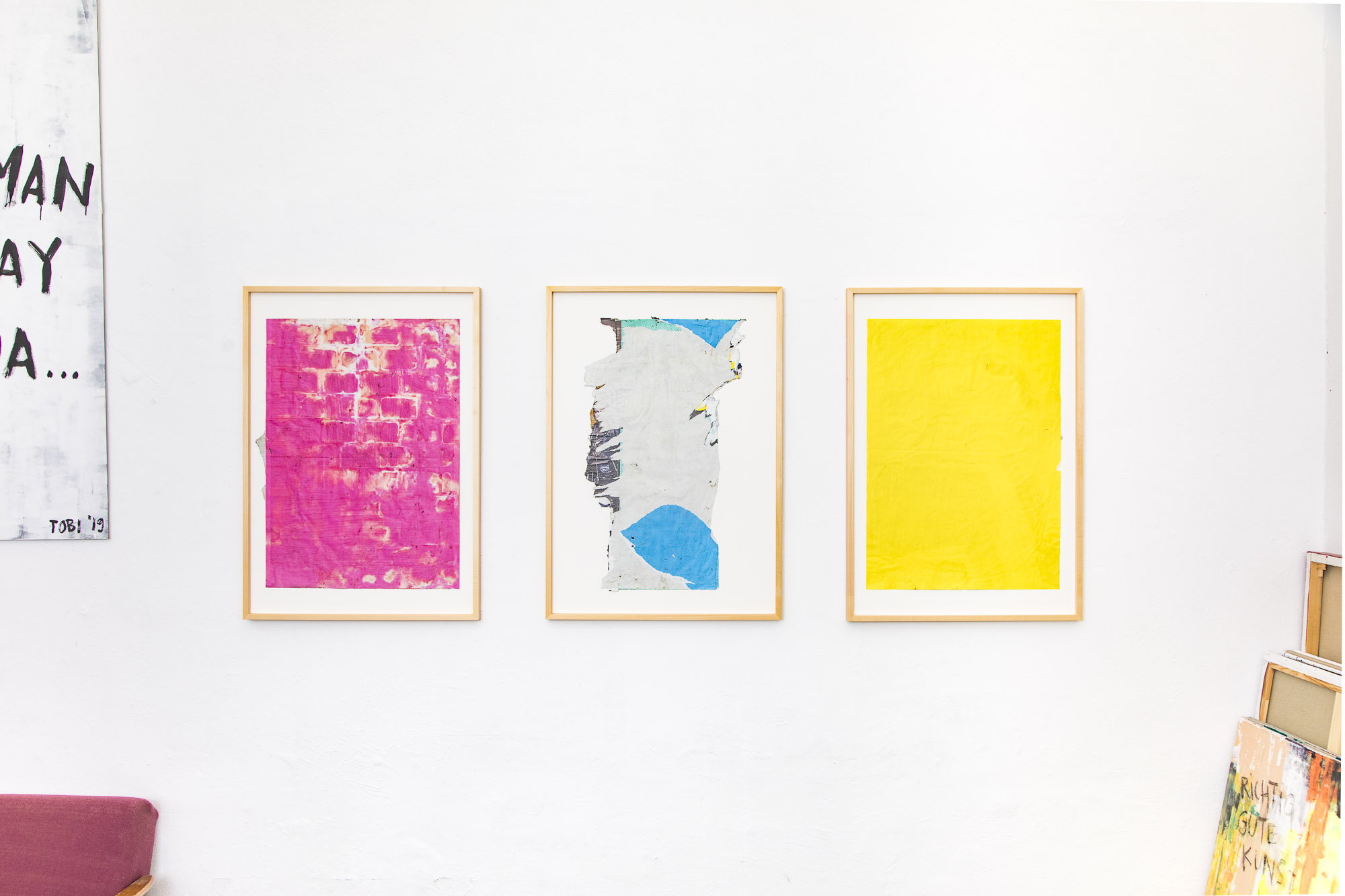
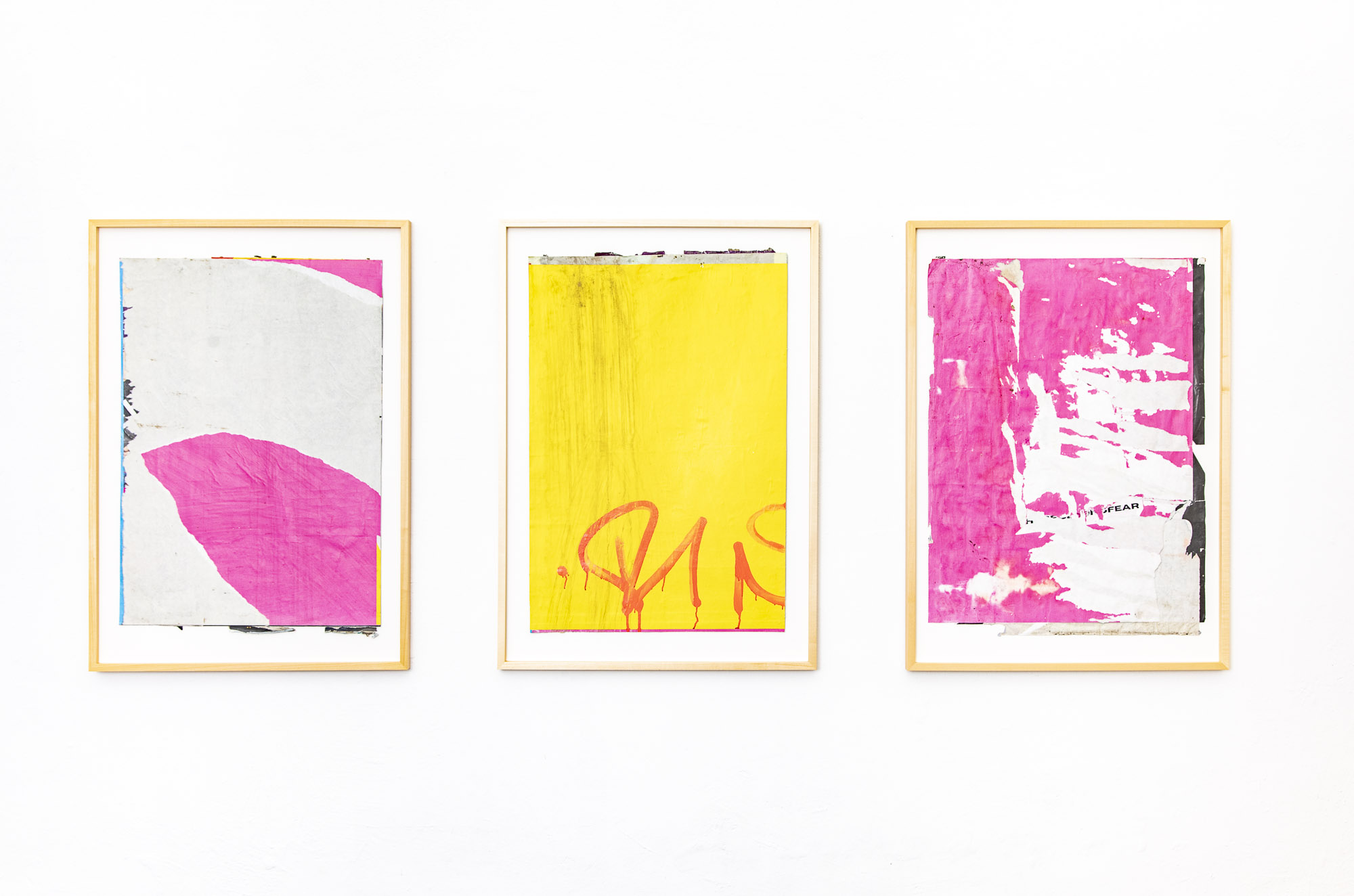
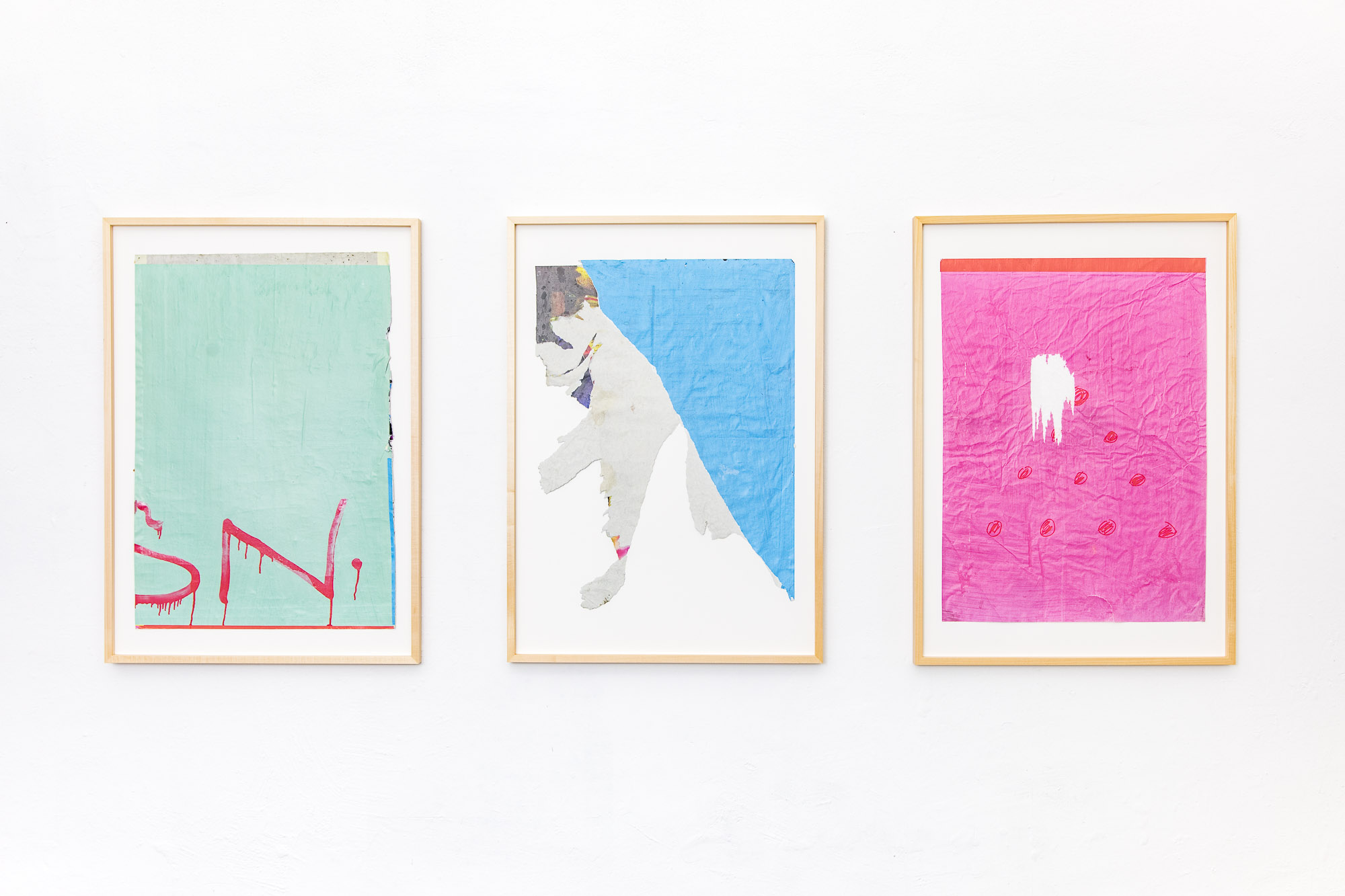
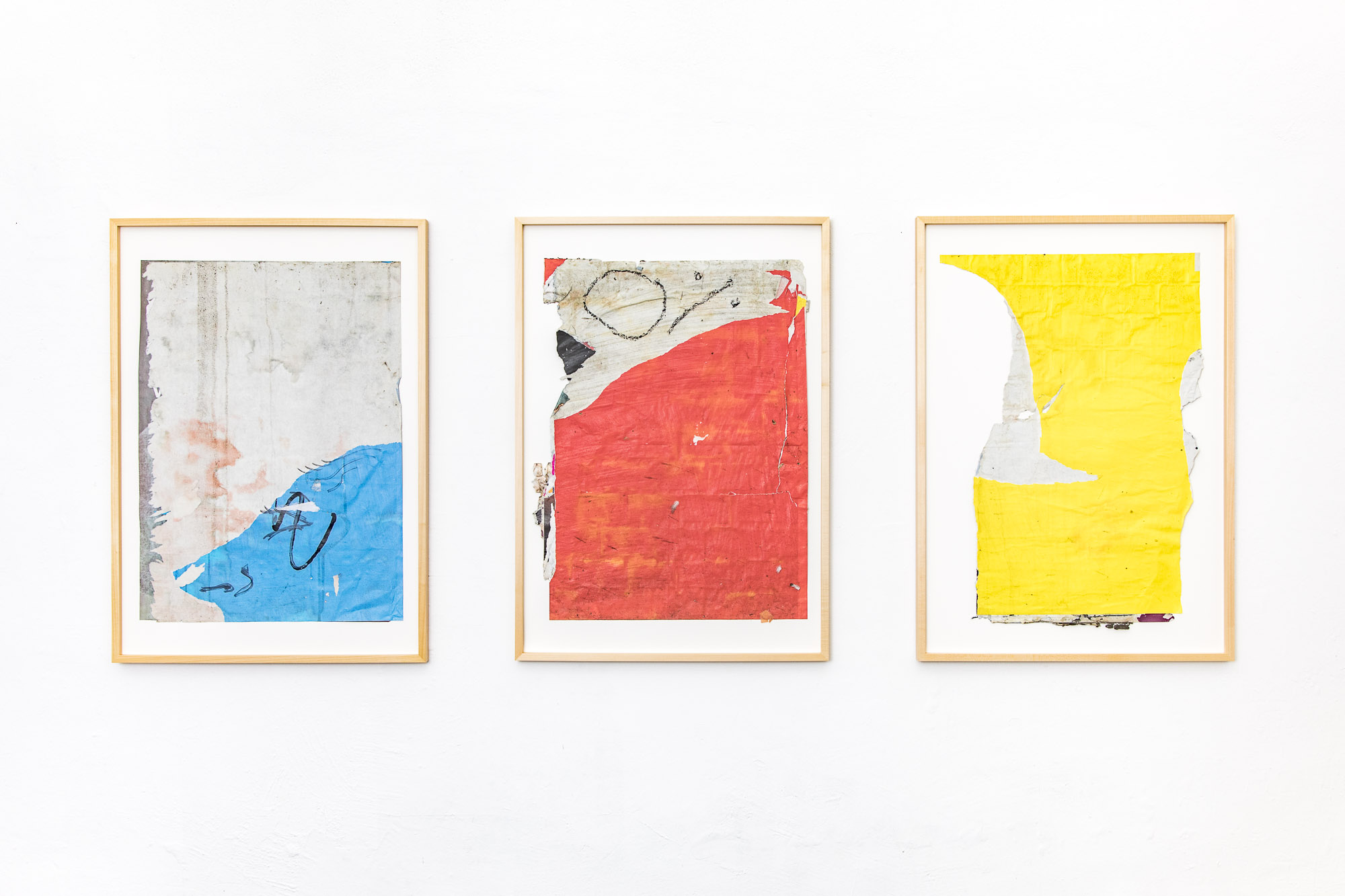
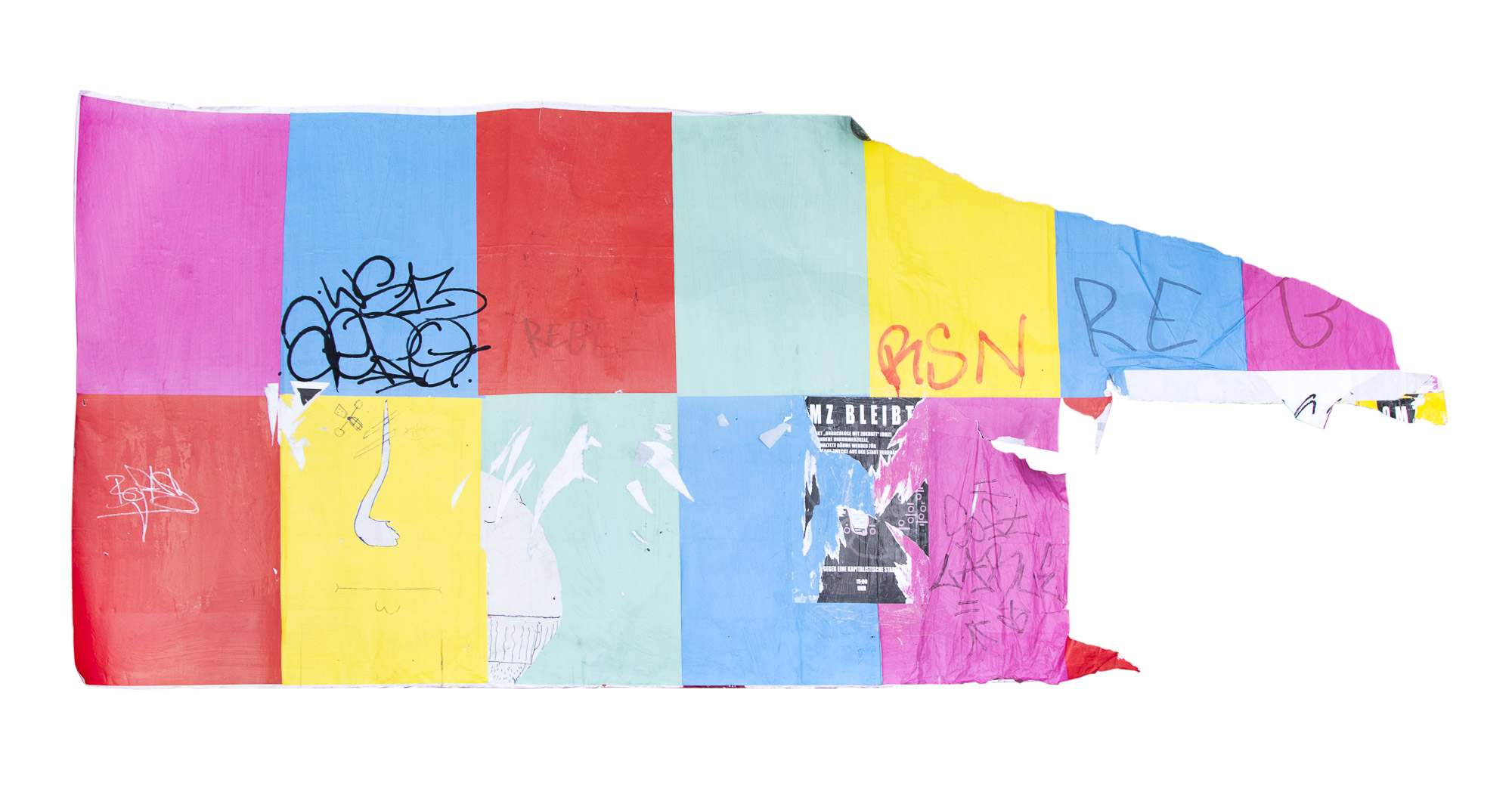
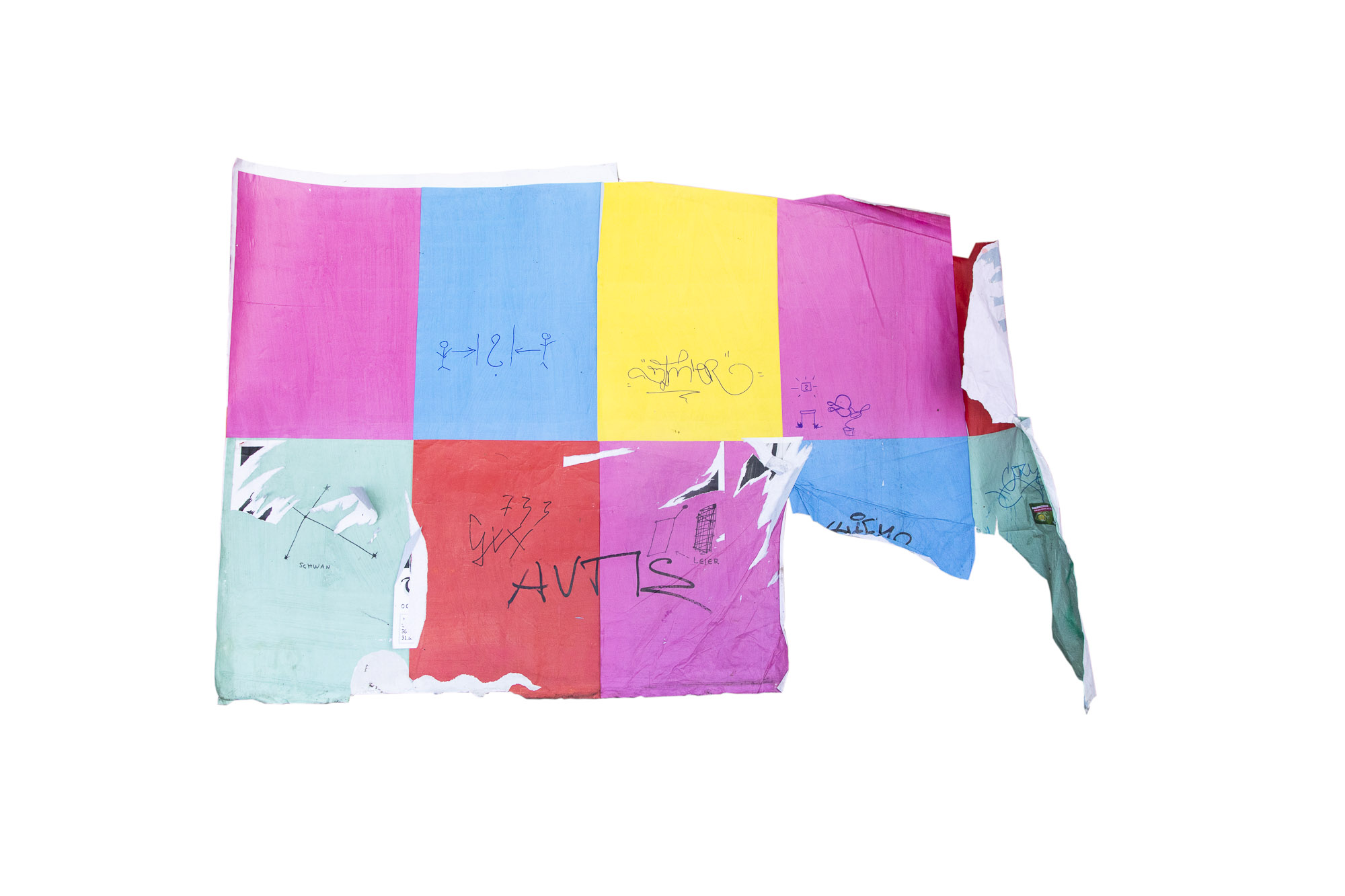
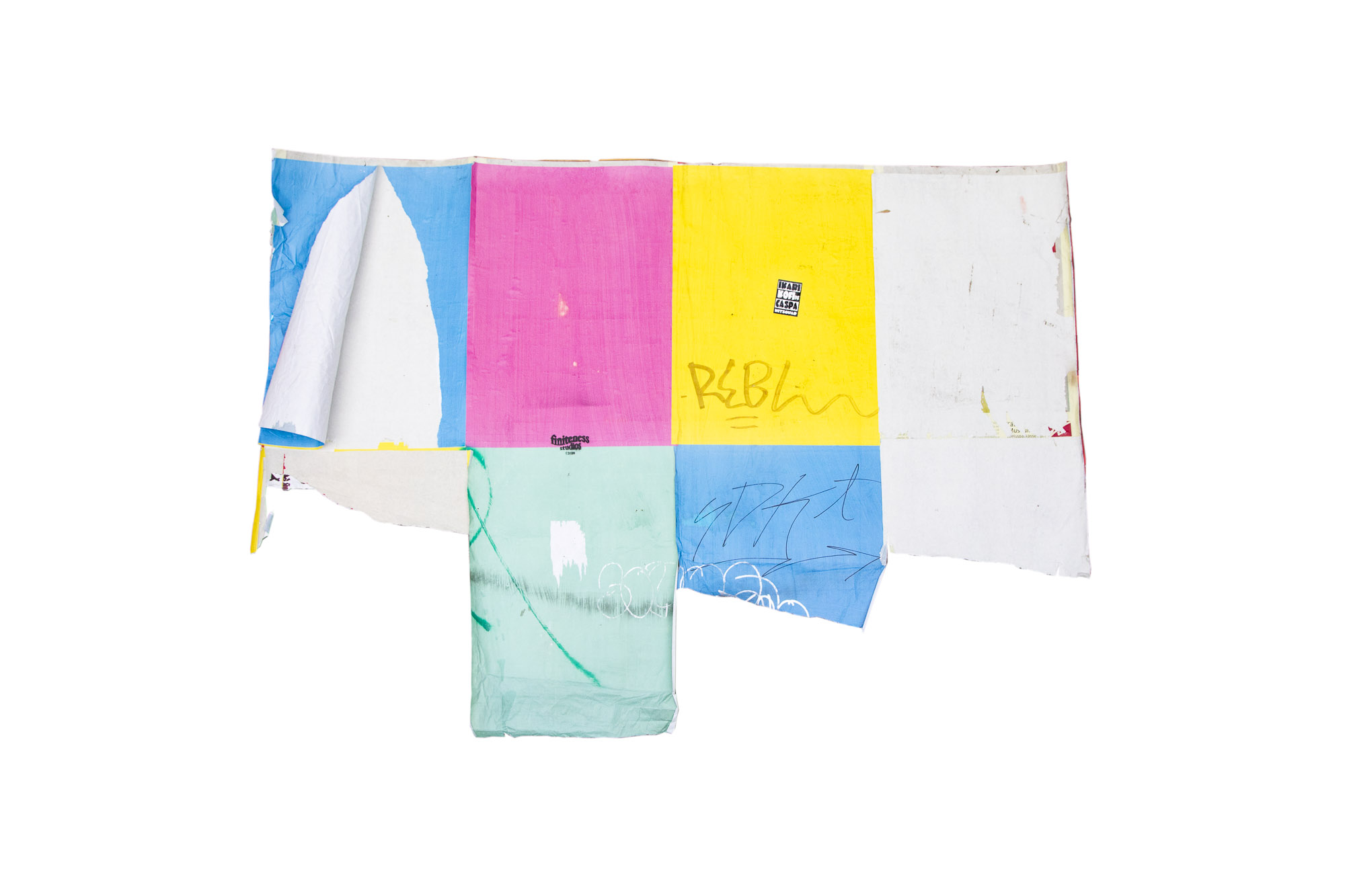
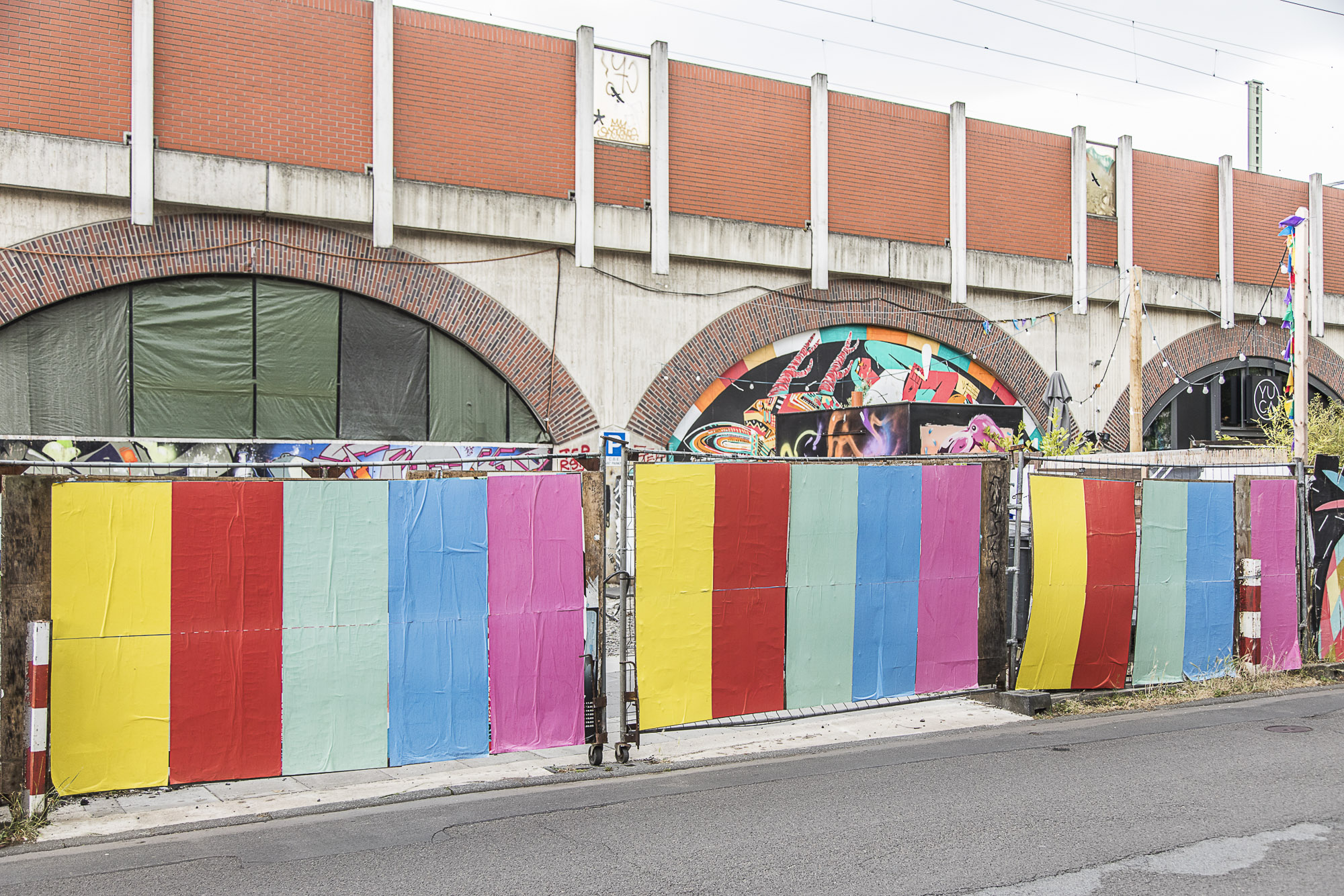
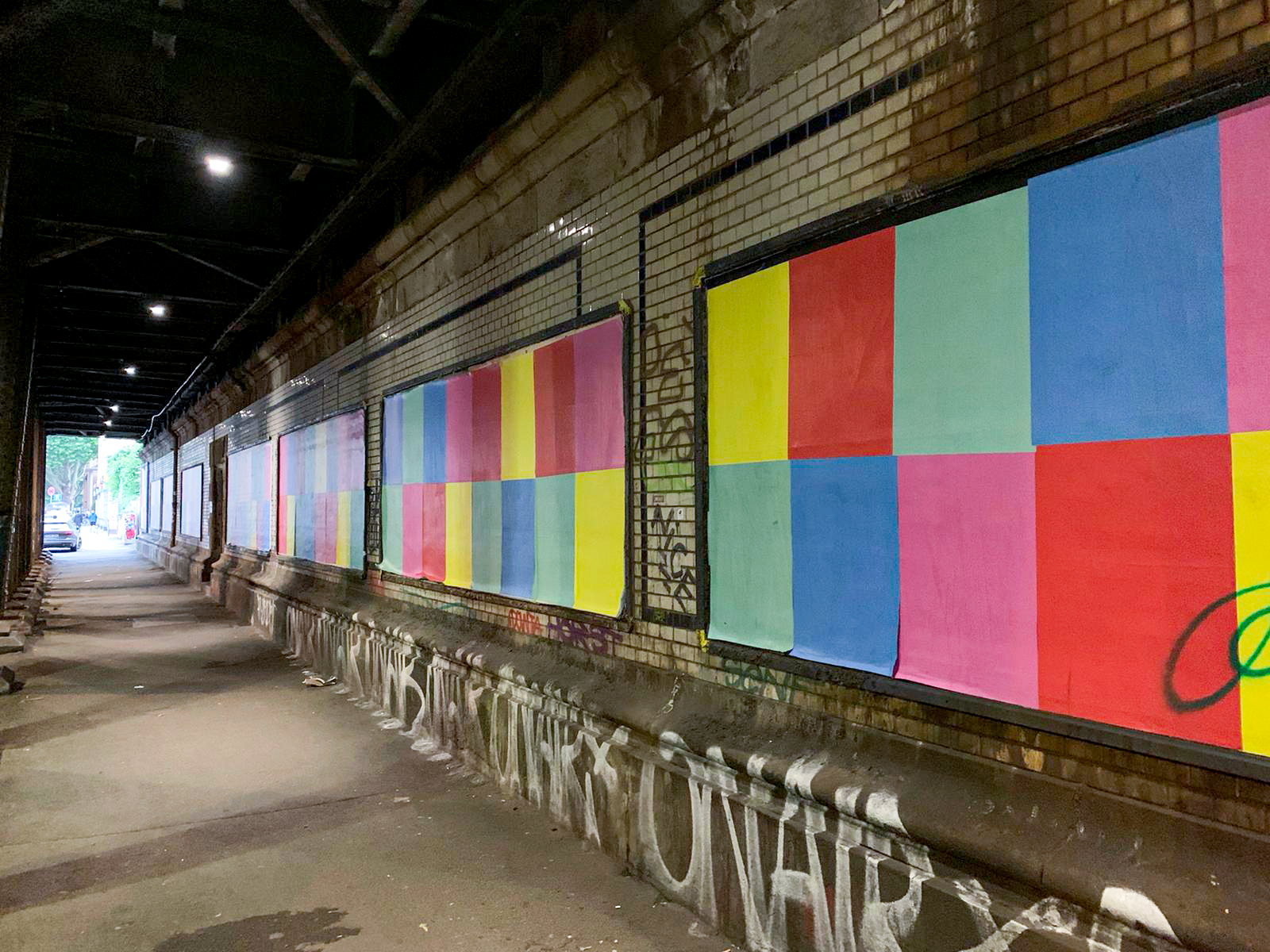
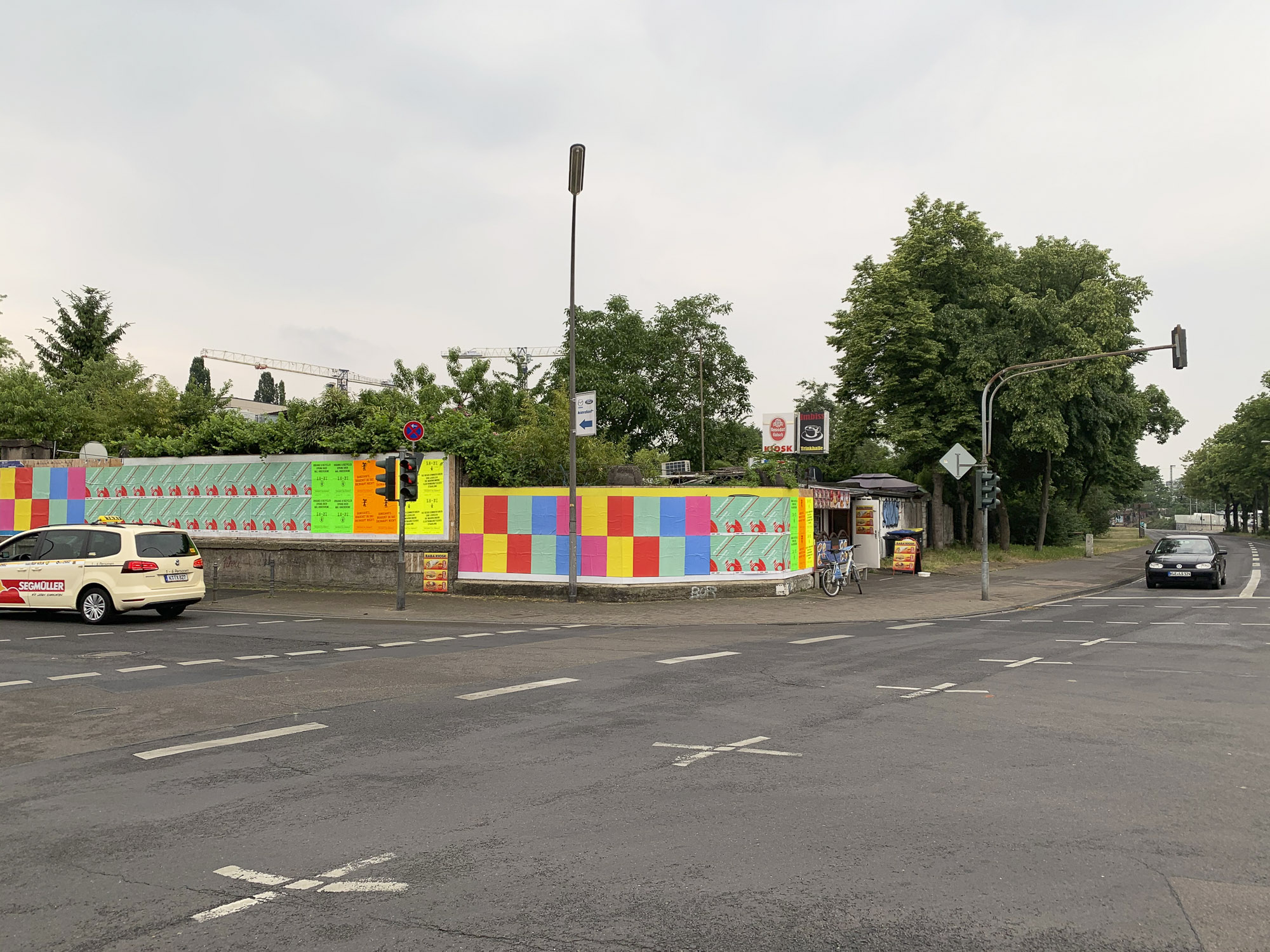
Tusche_small
Ink
Abstract pencil & ink drawings in A3 format. In these drawings, the pencil’s tip serves as a brush tip. Moved frequently across the paper in rolling and pushing motions, the ink leaves behind its traces rhythmically, uncontrolledly, in gestures both minimal and sprawling.
